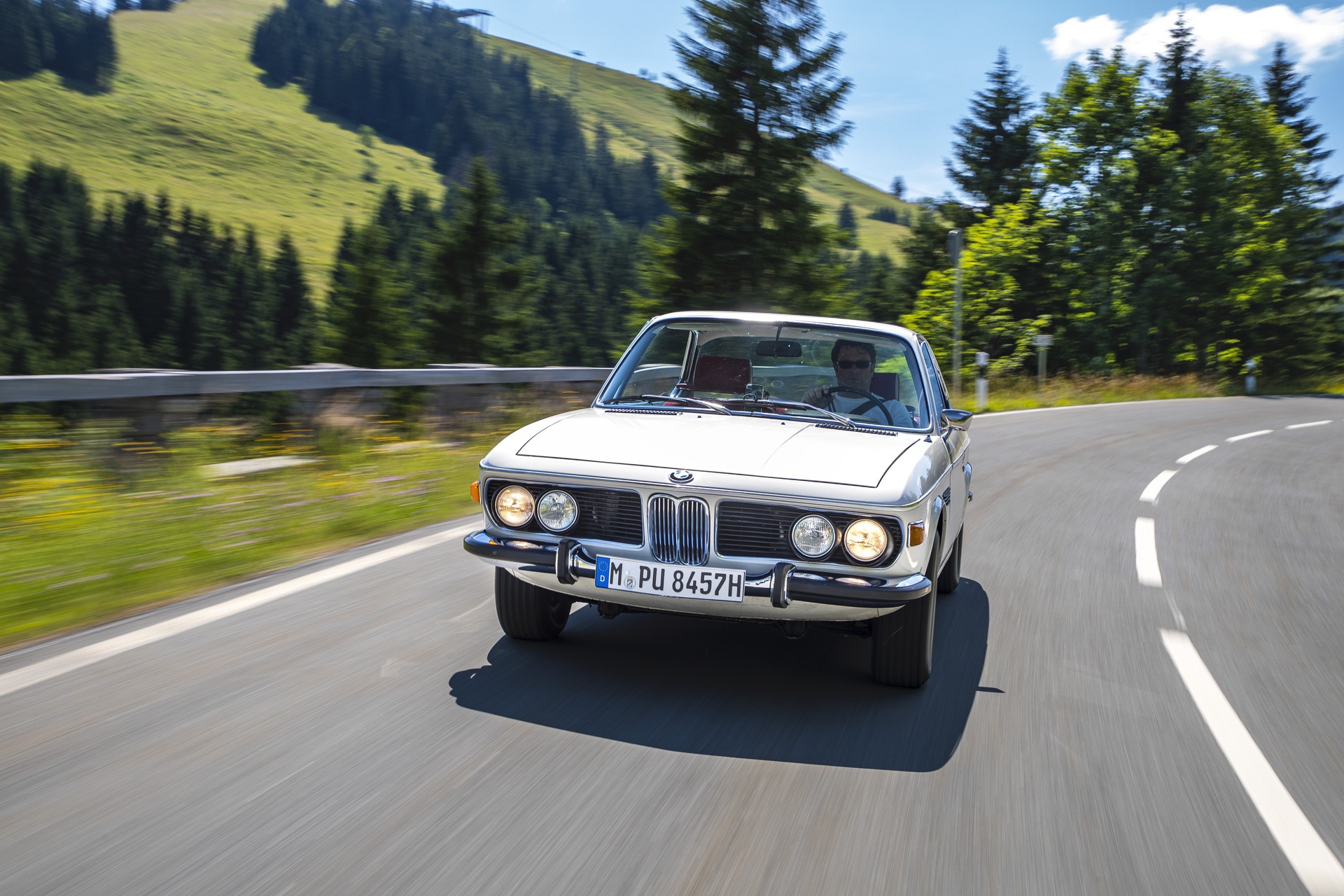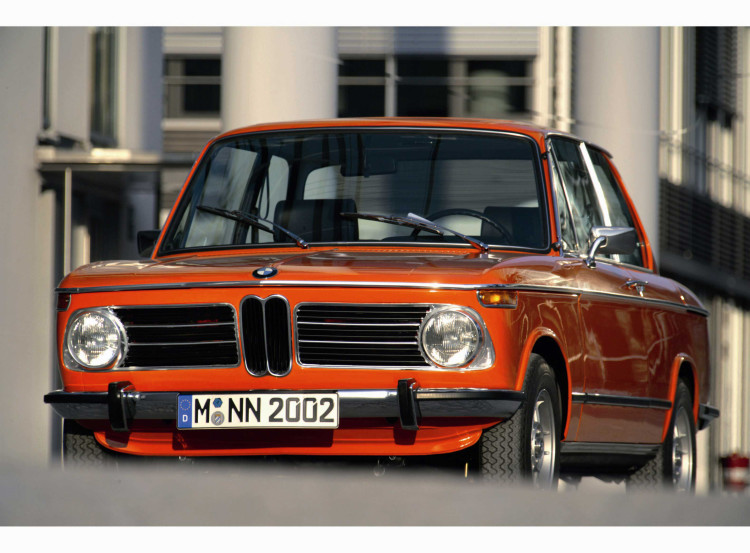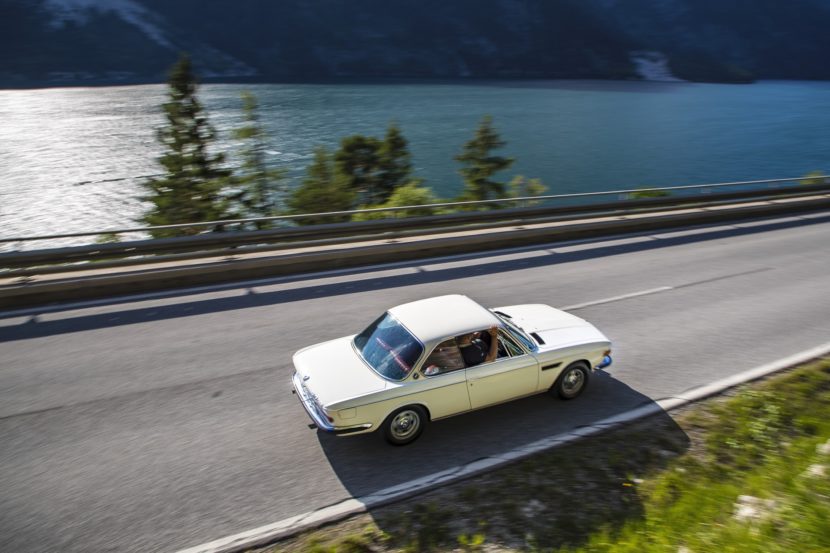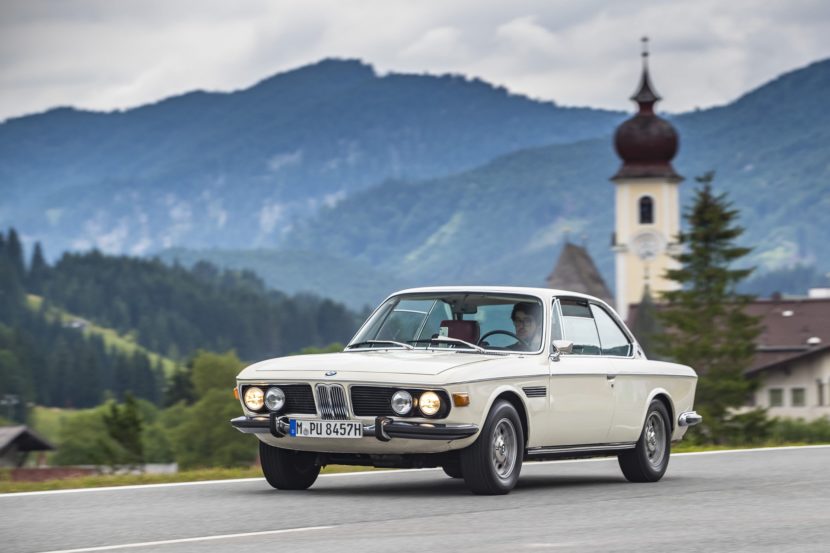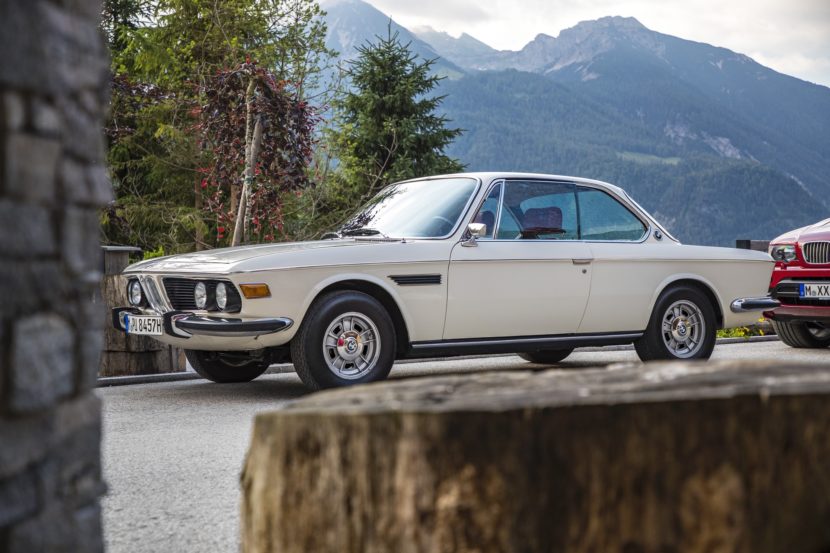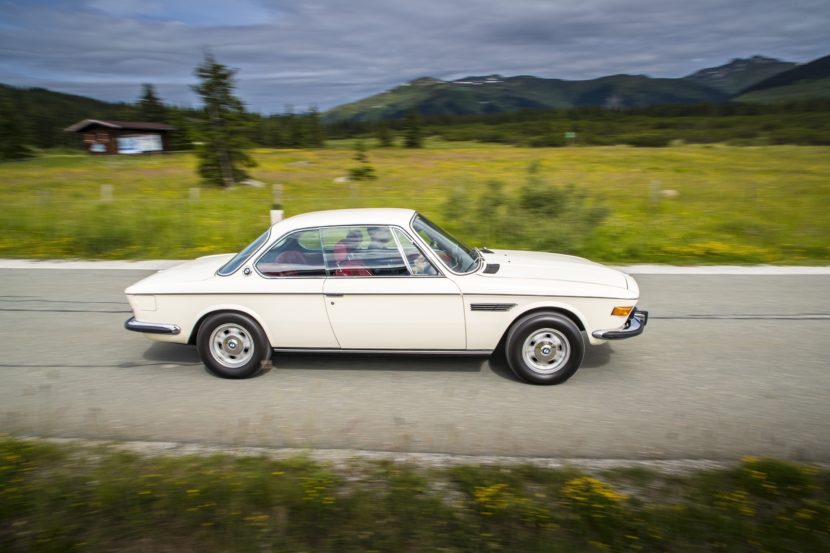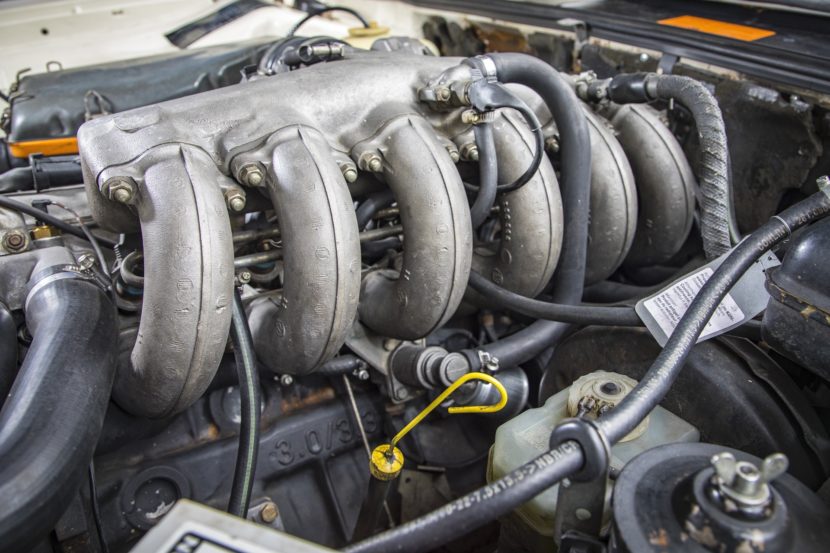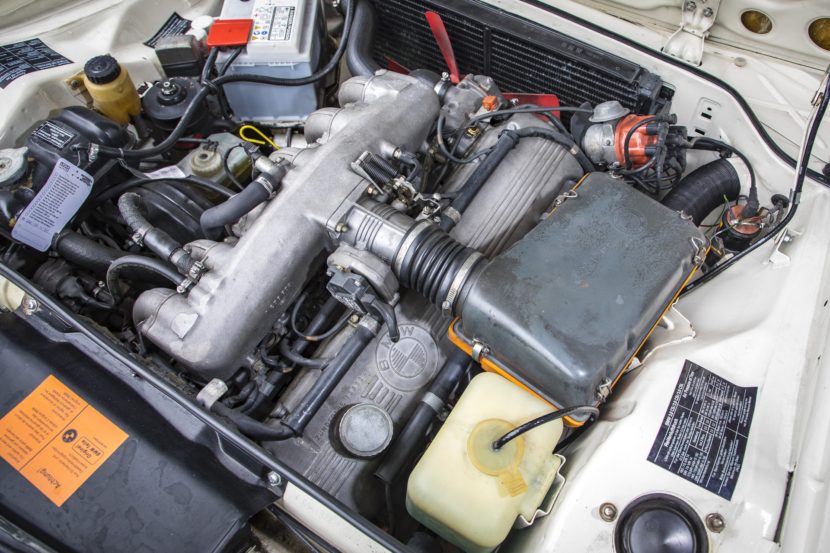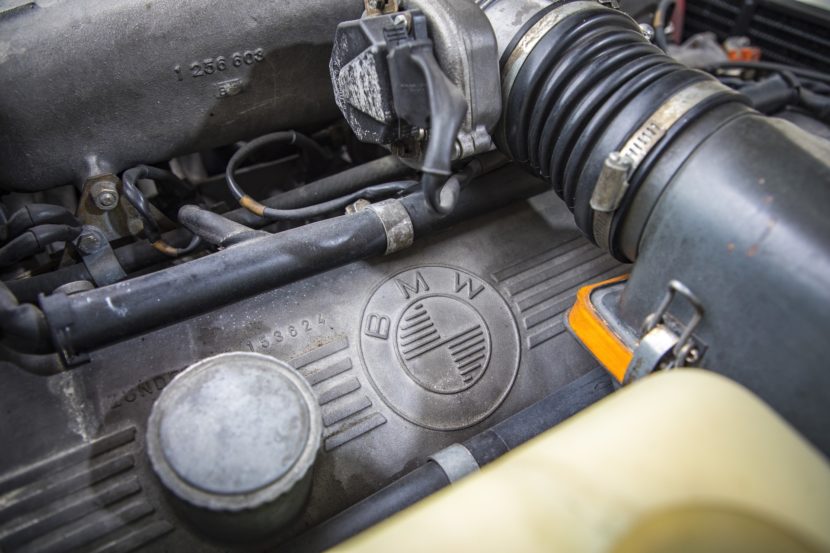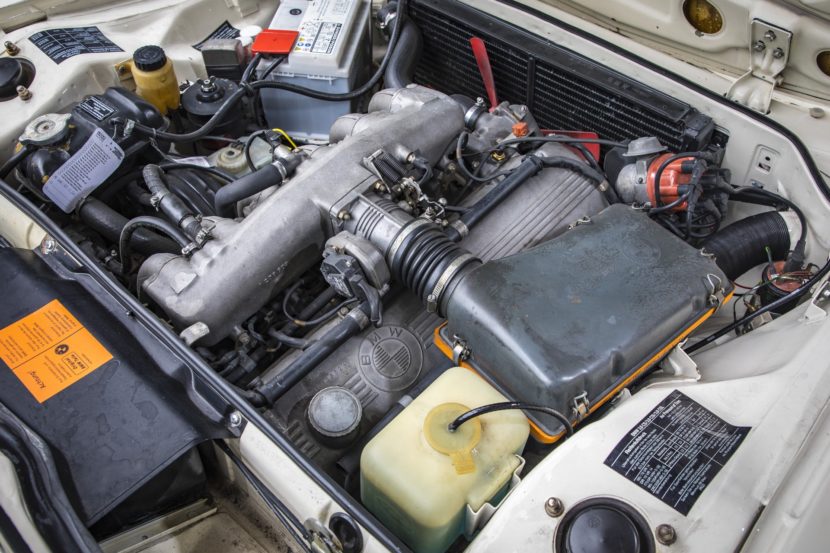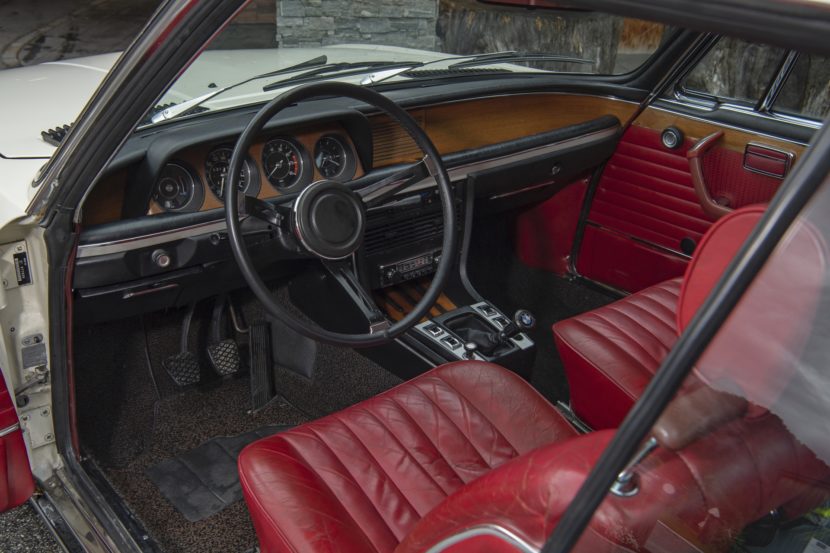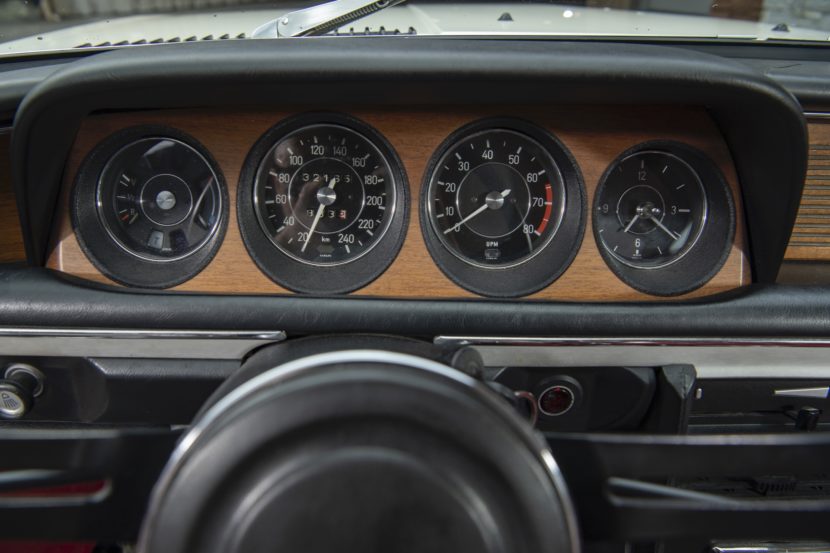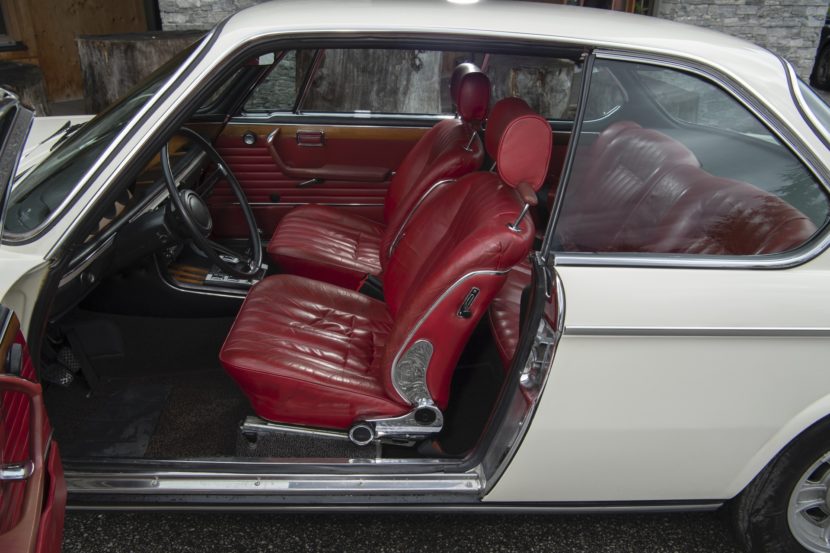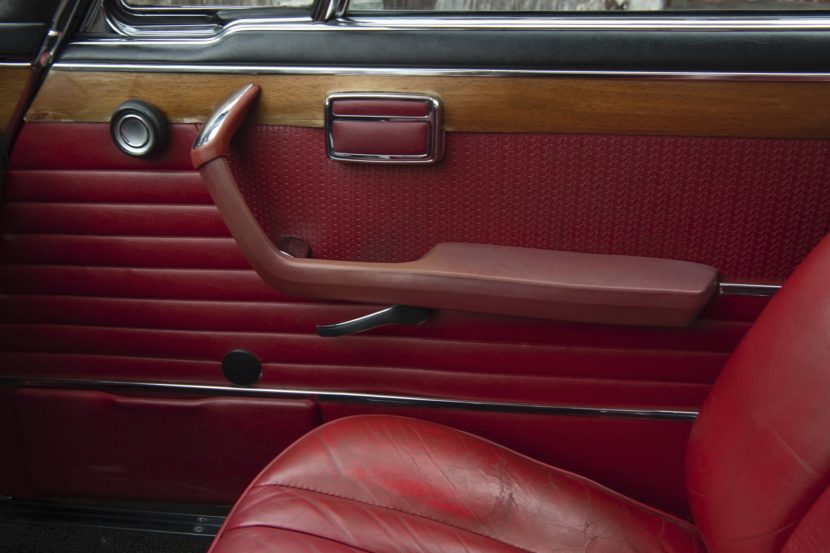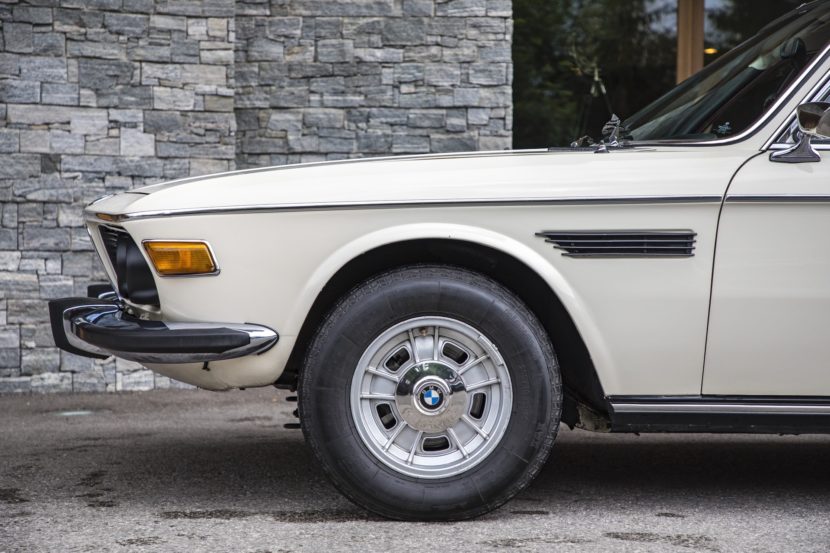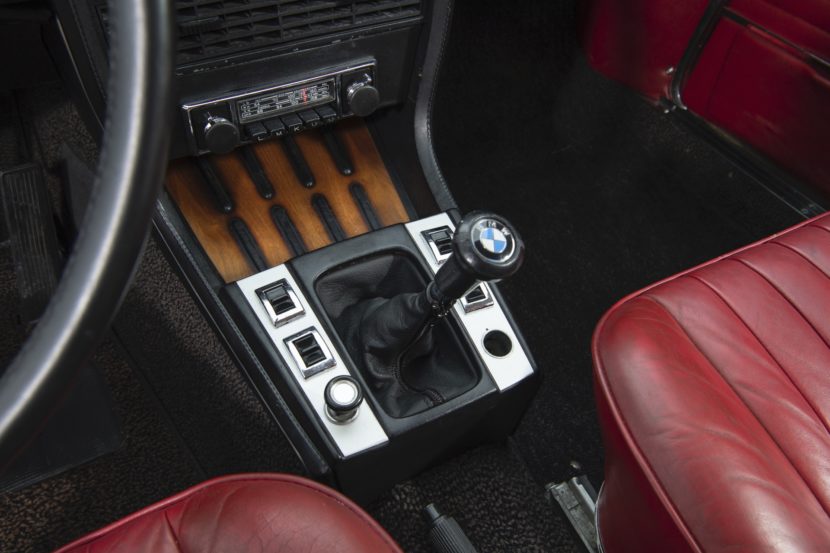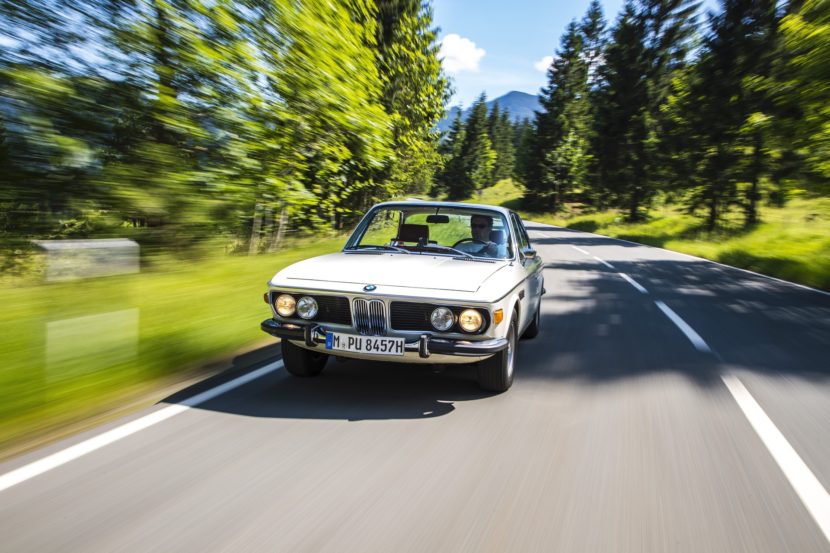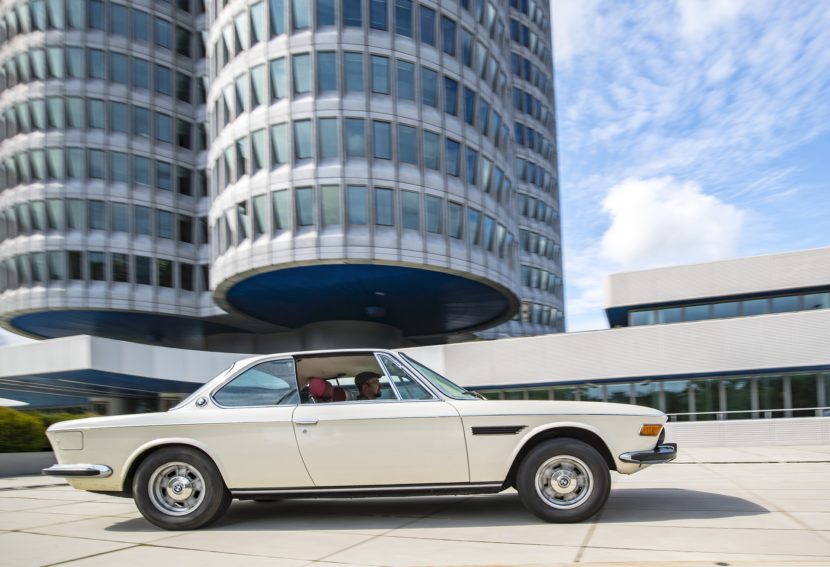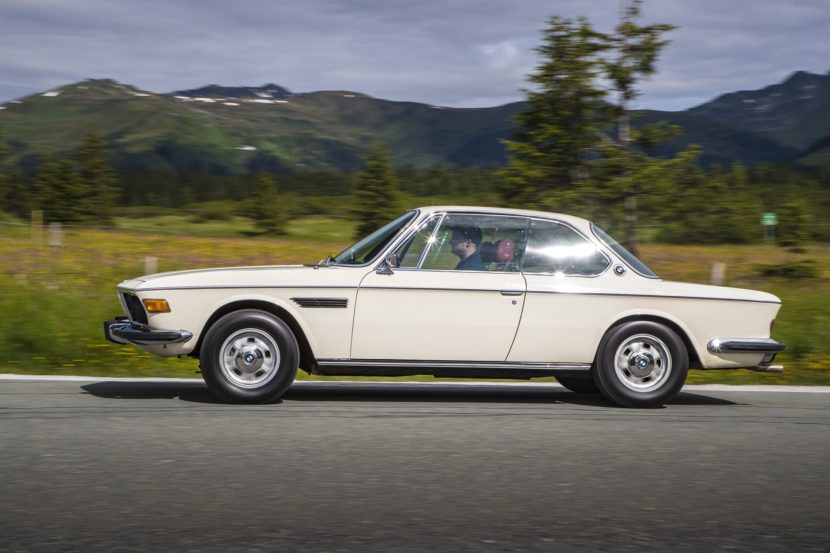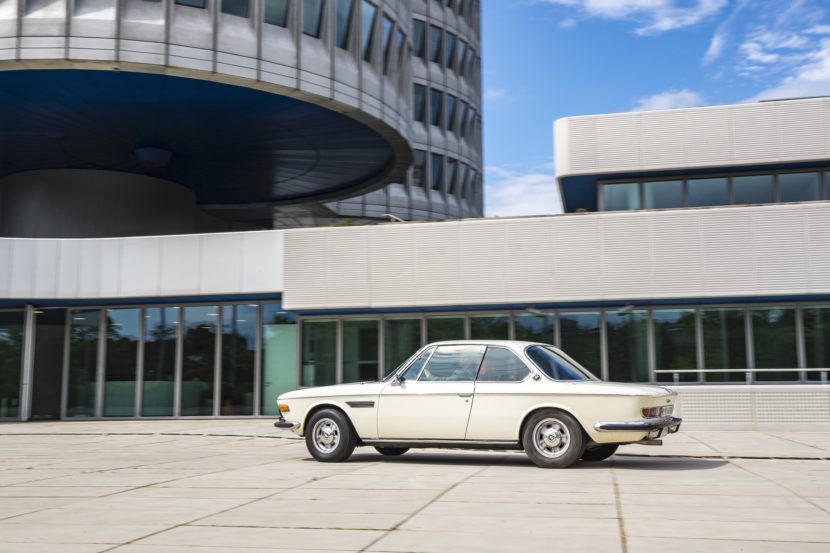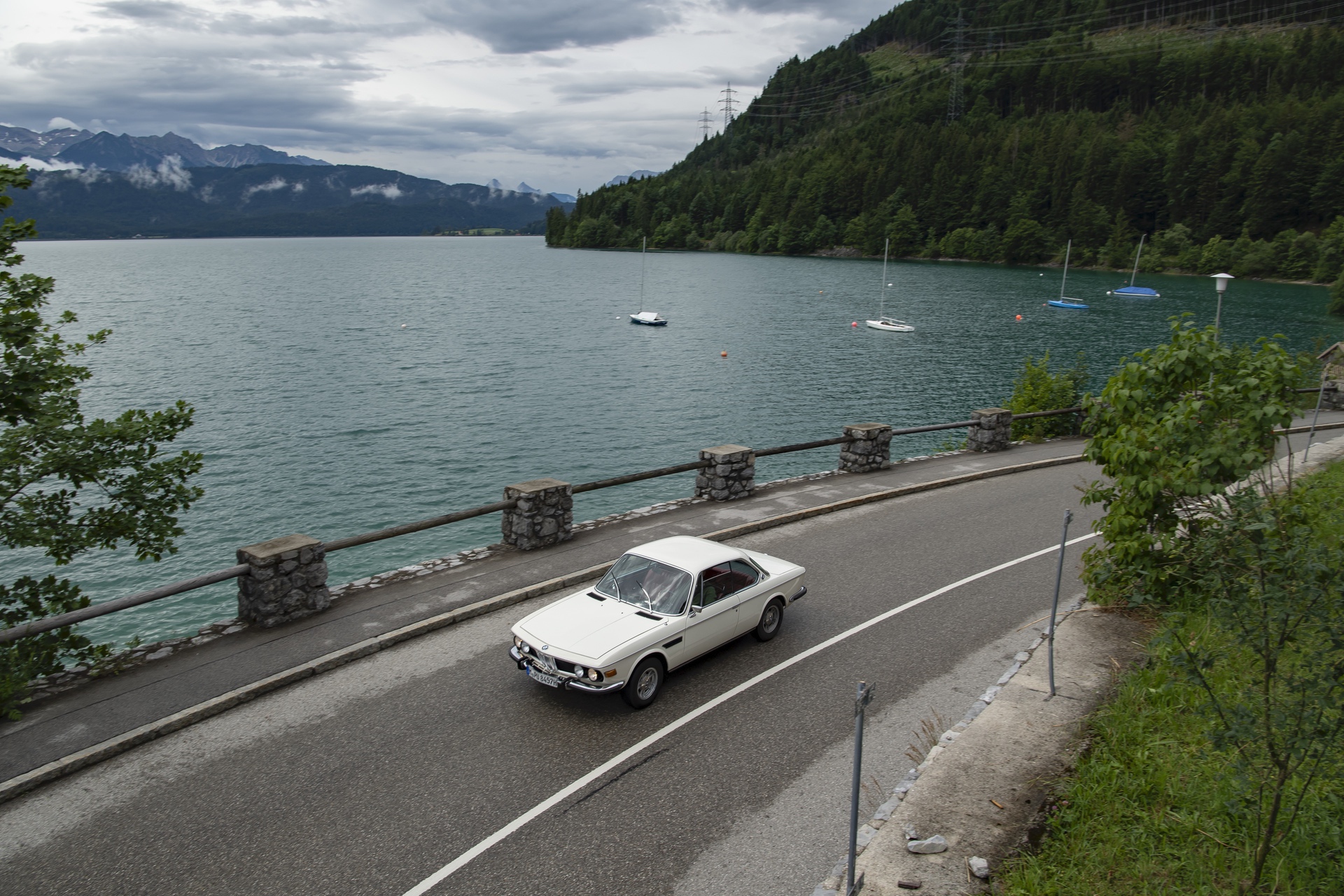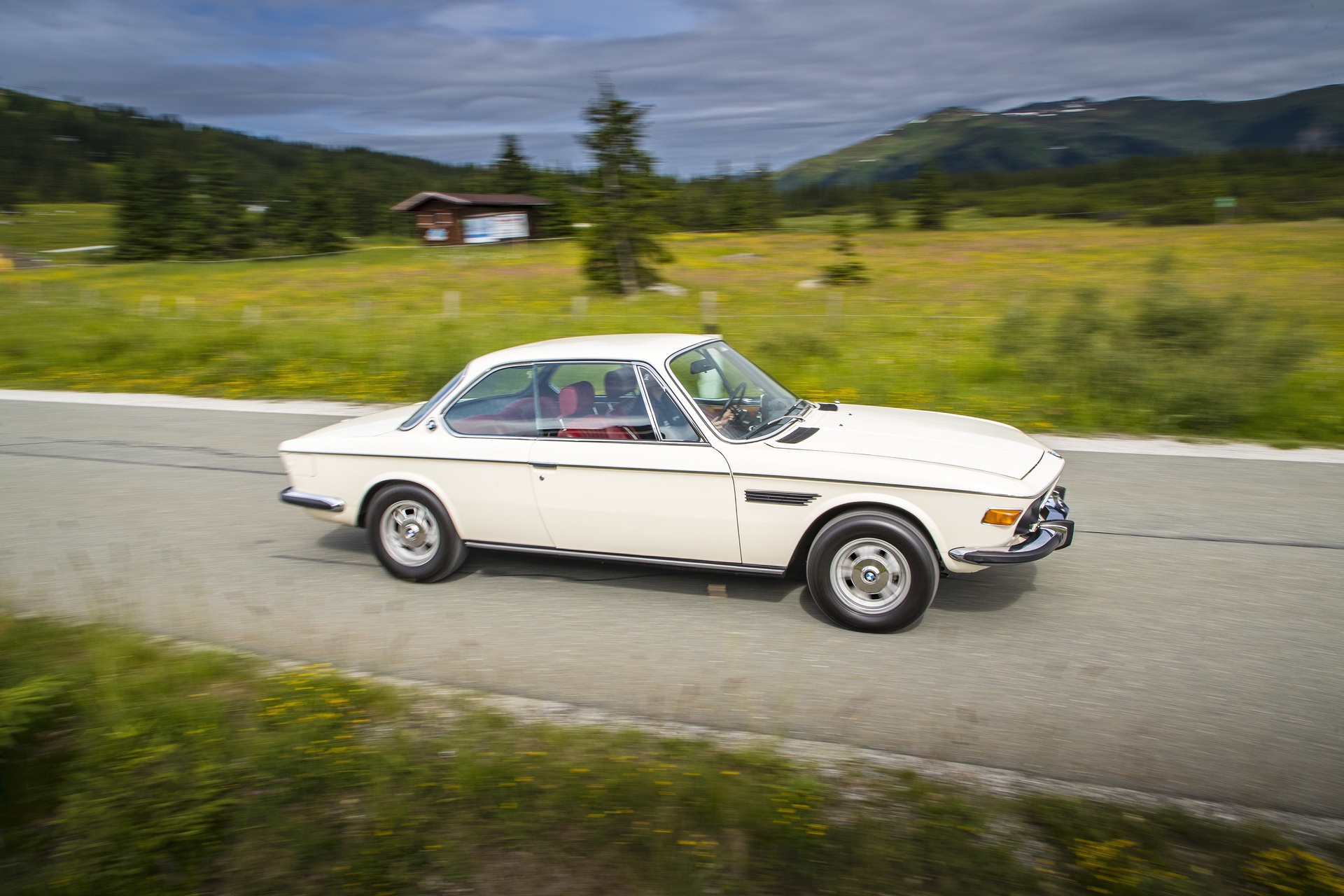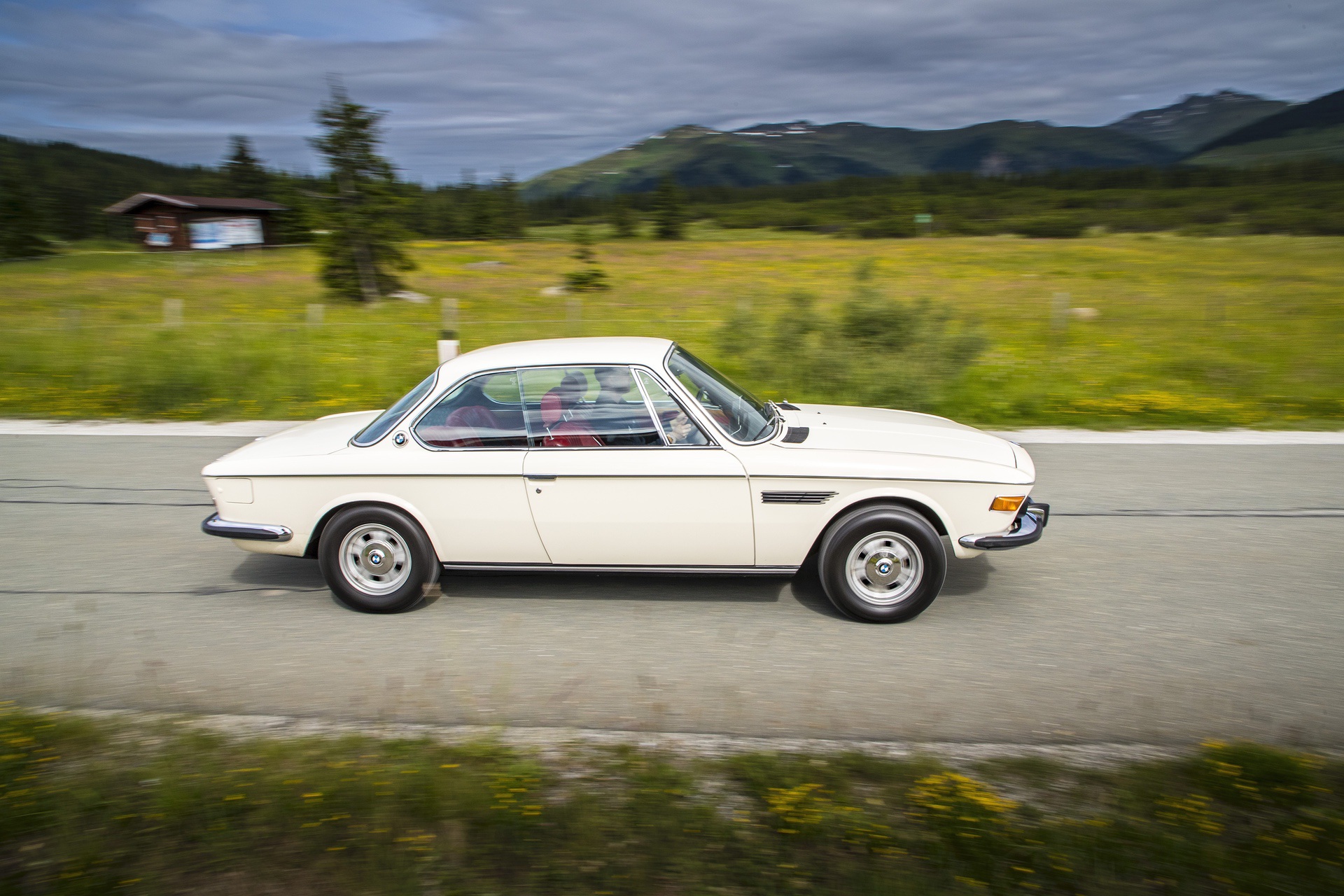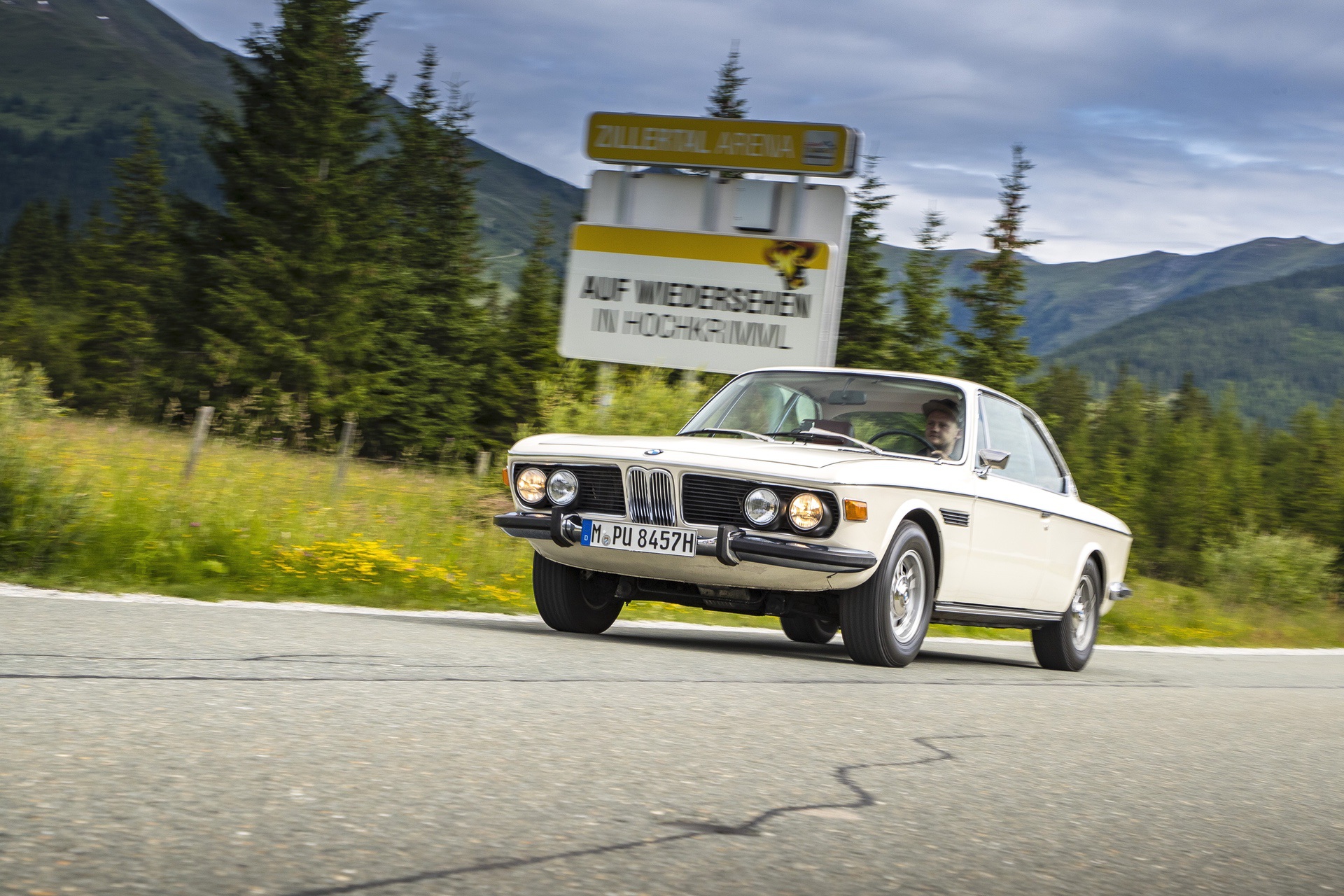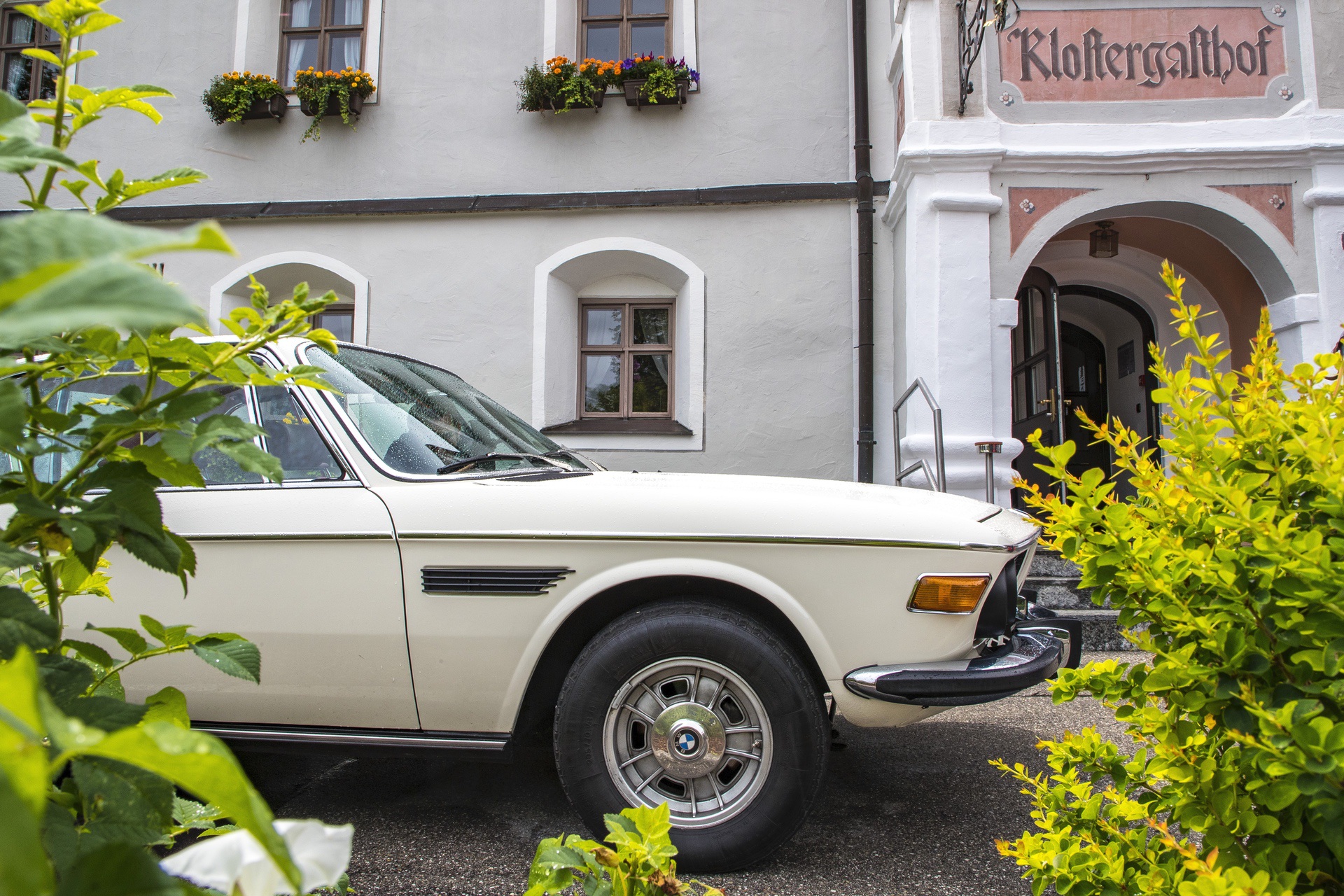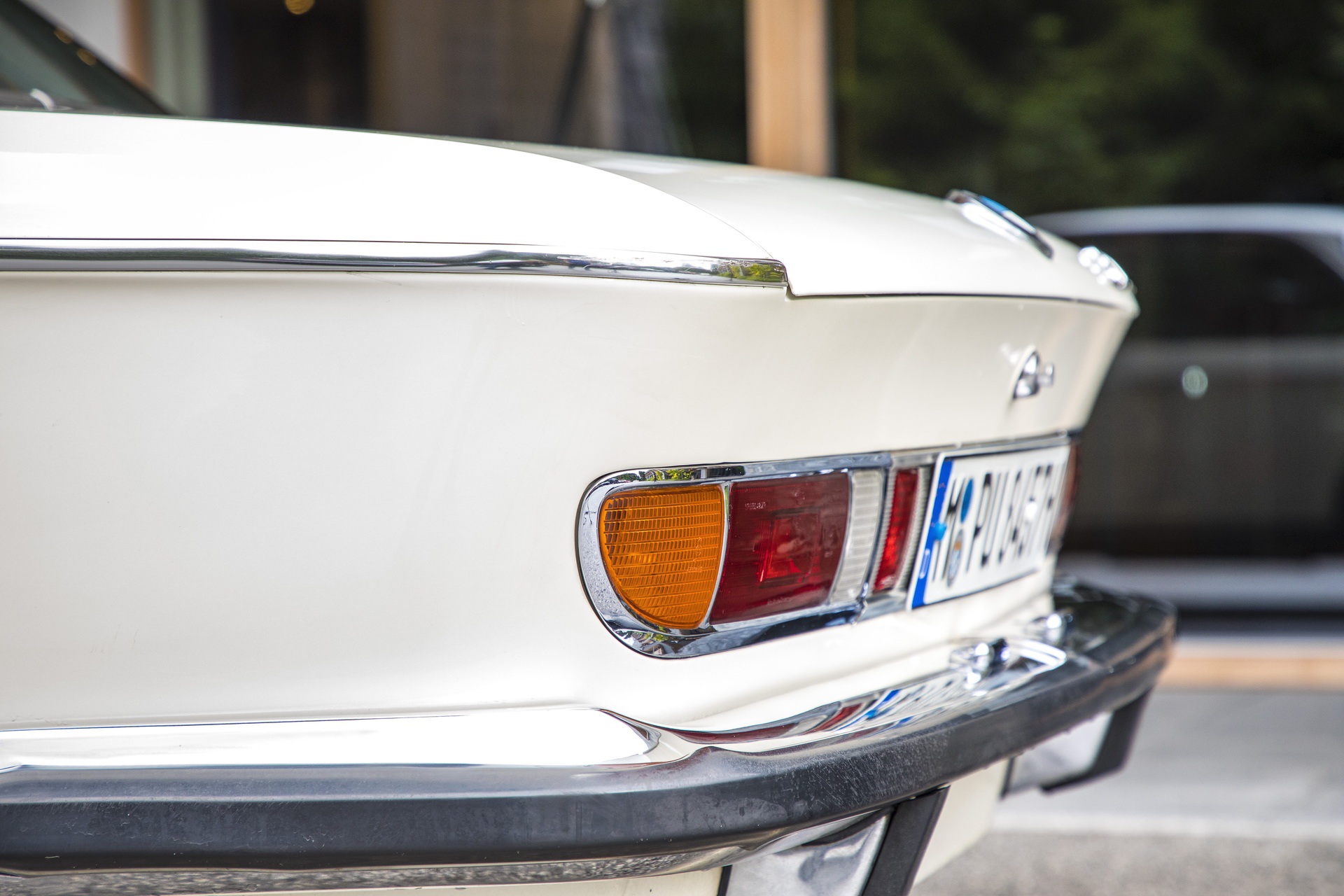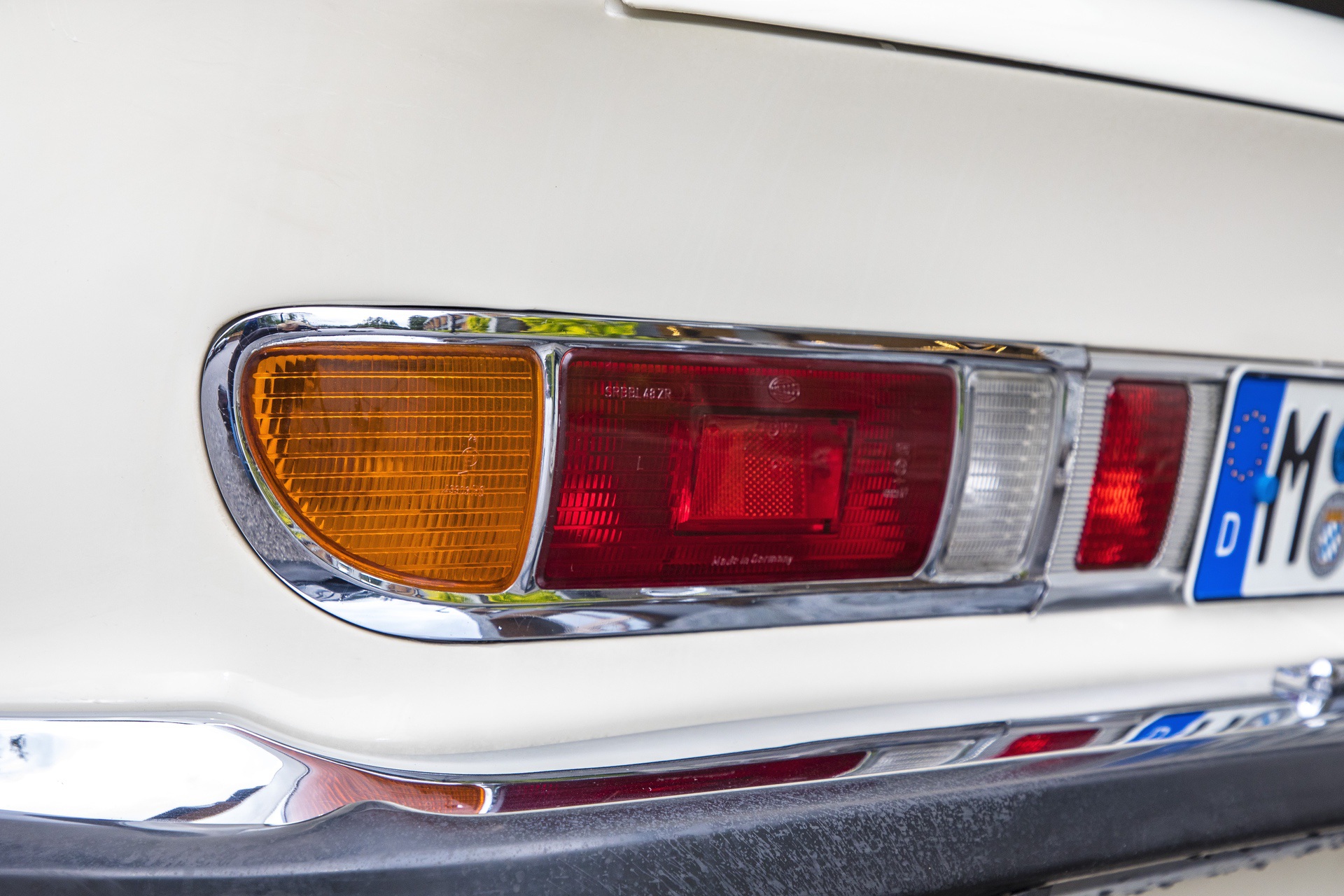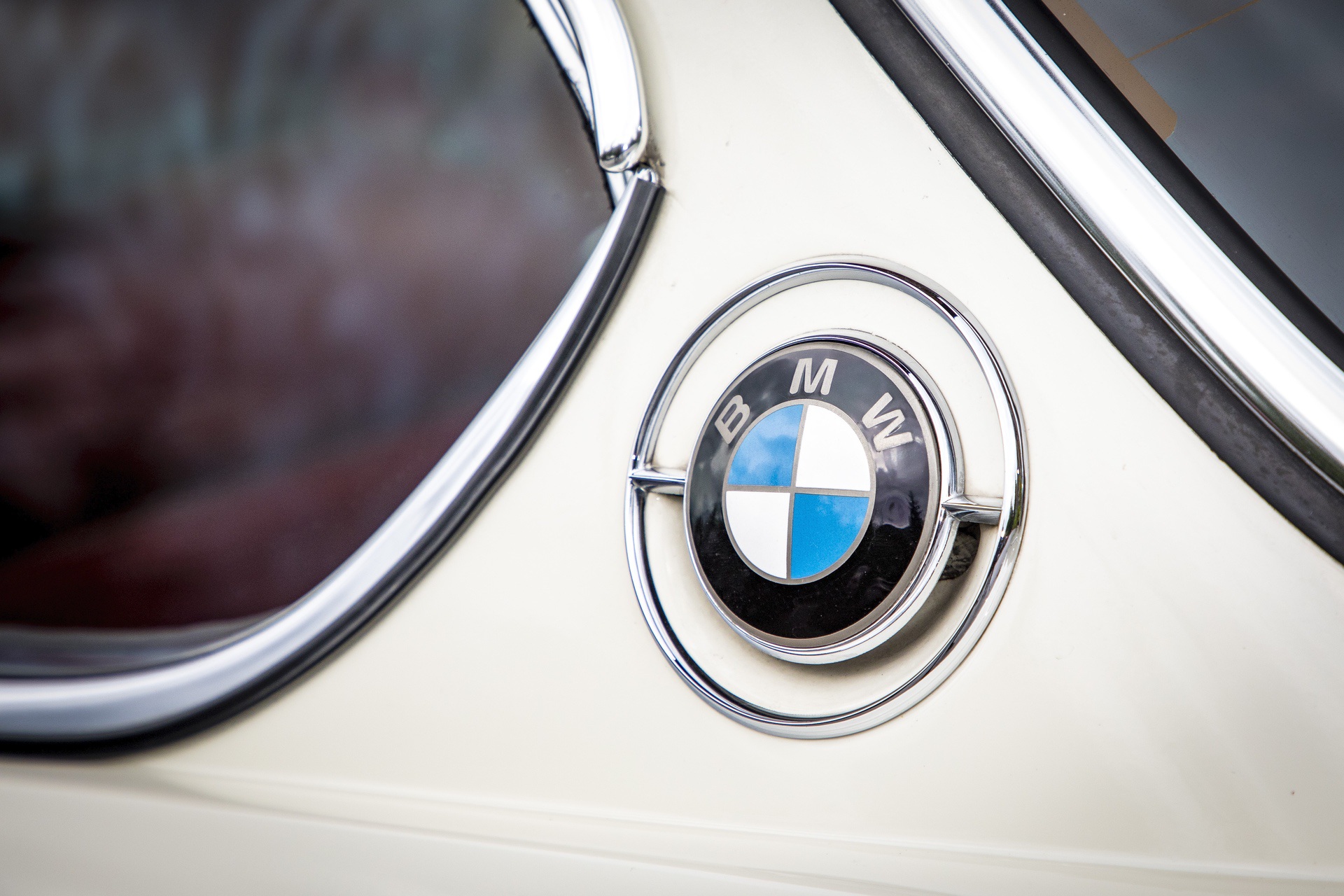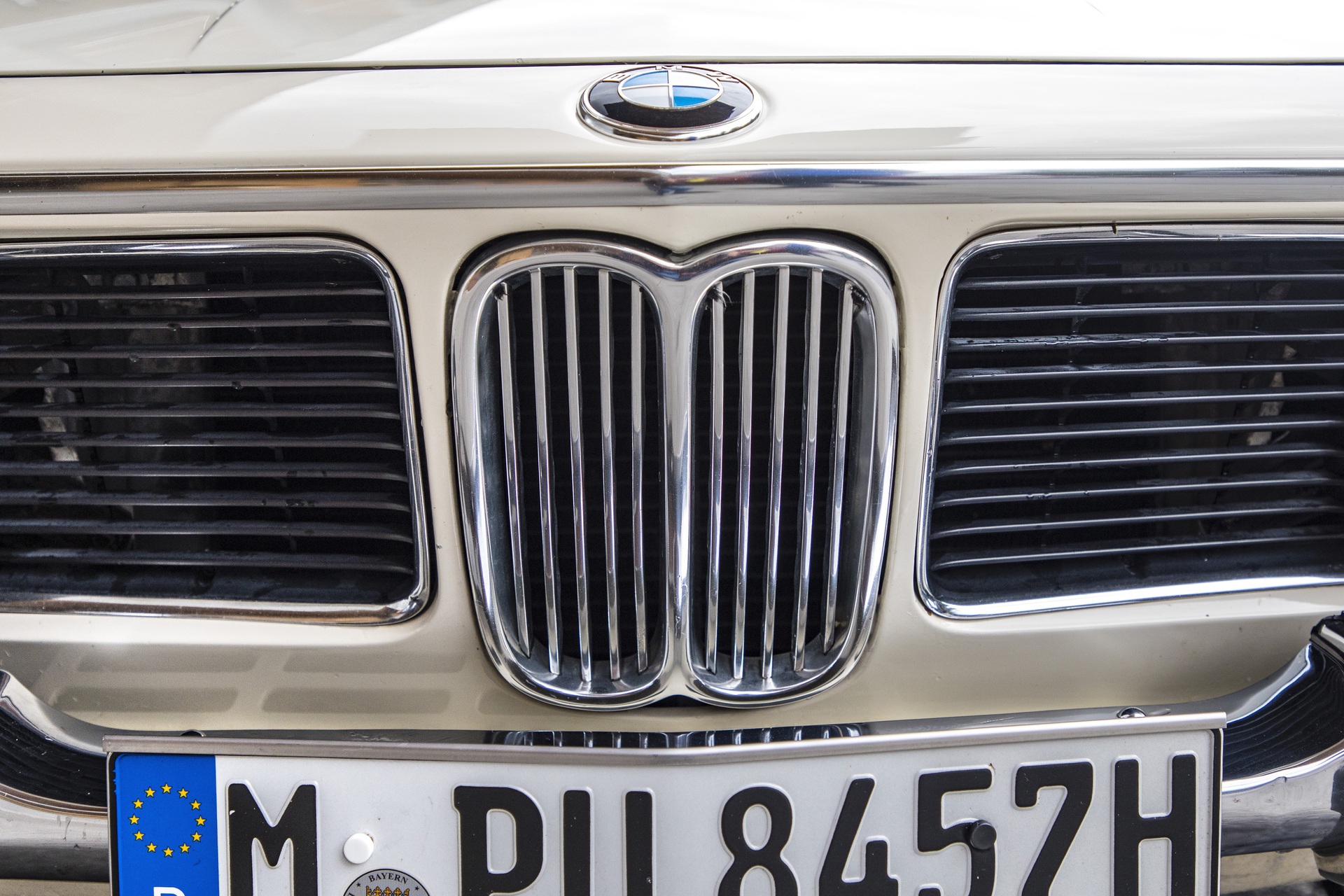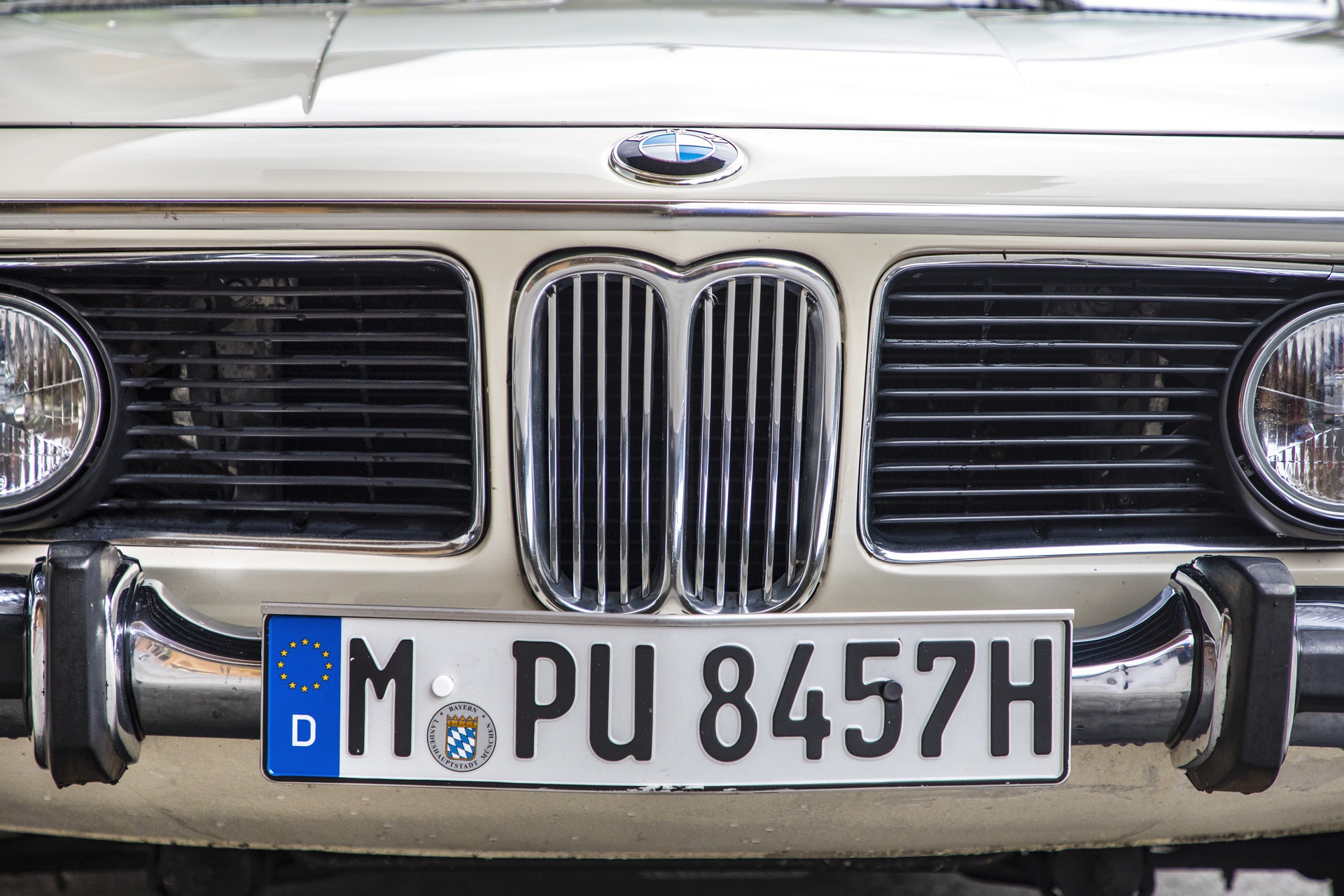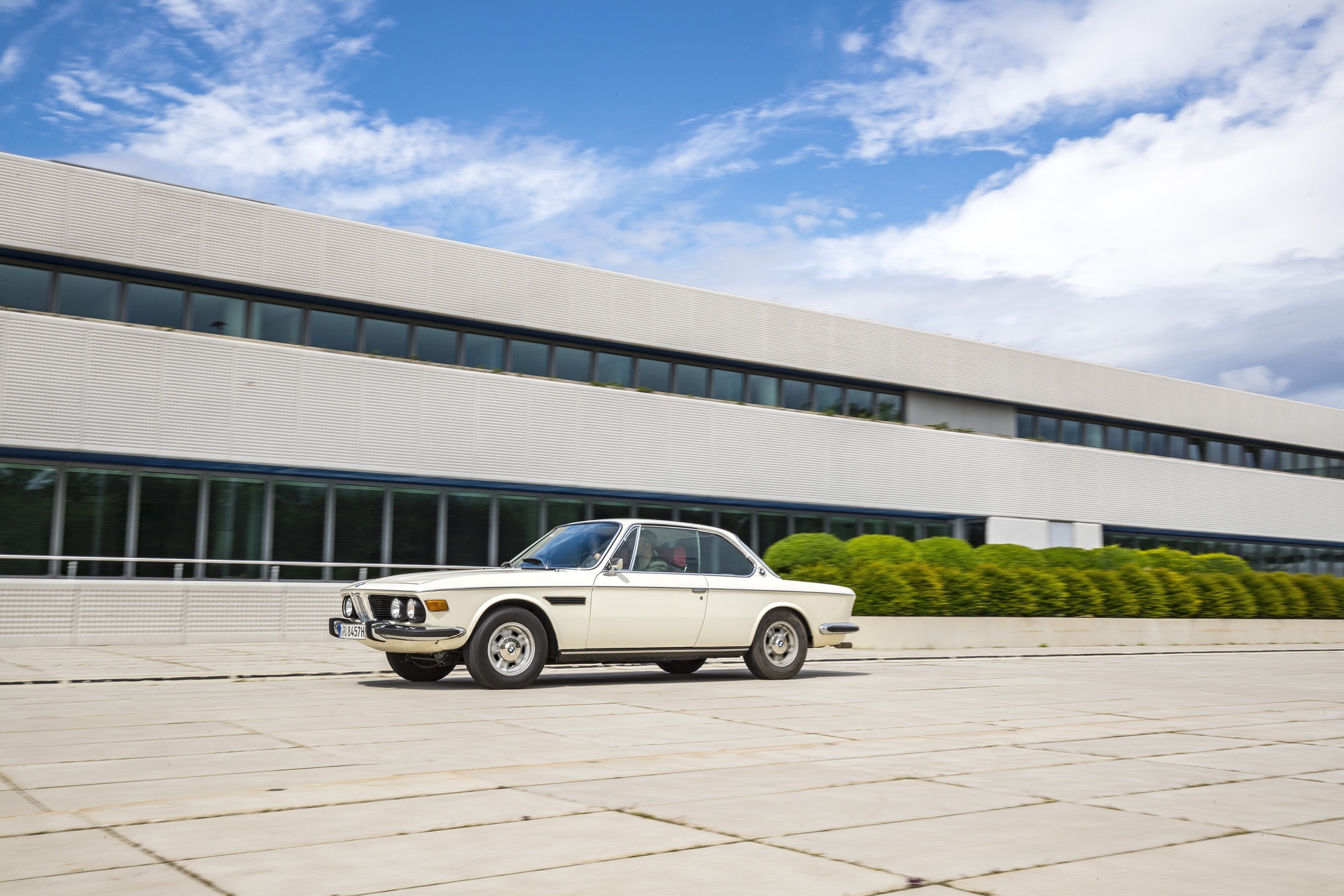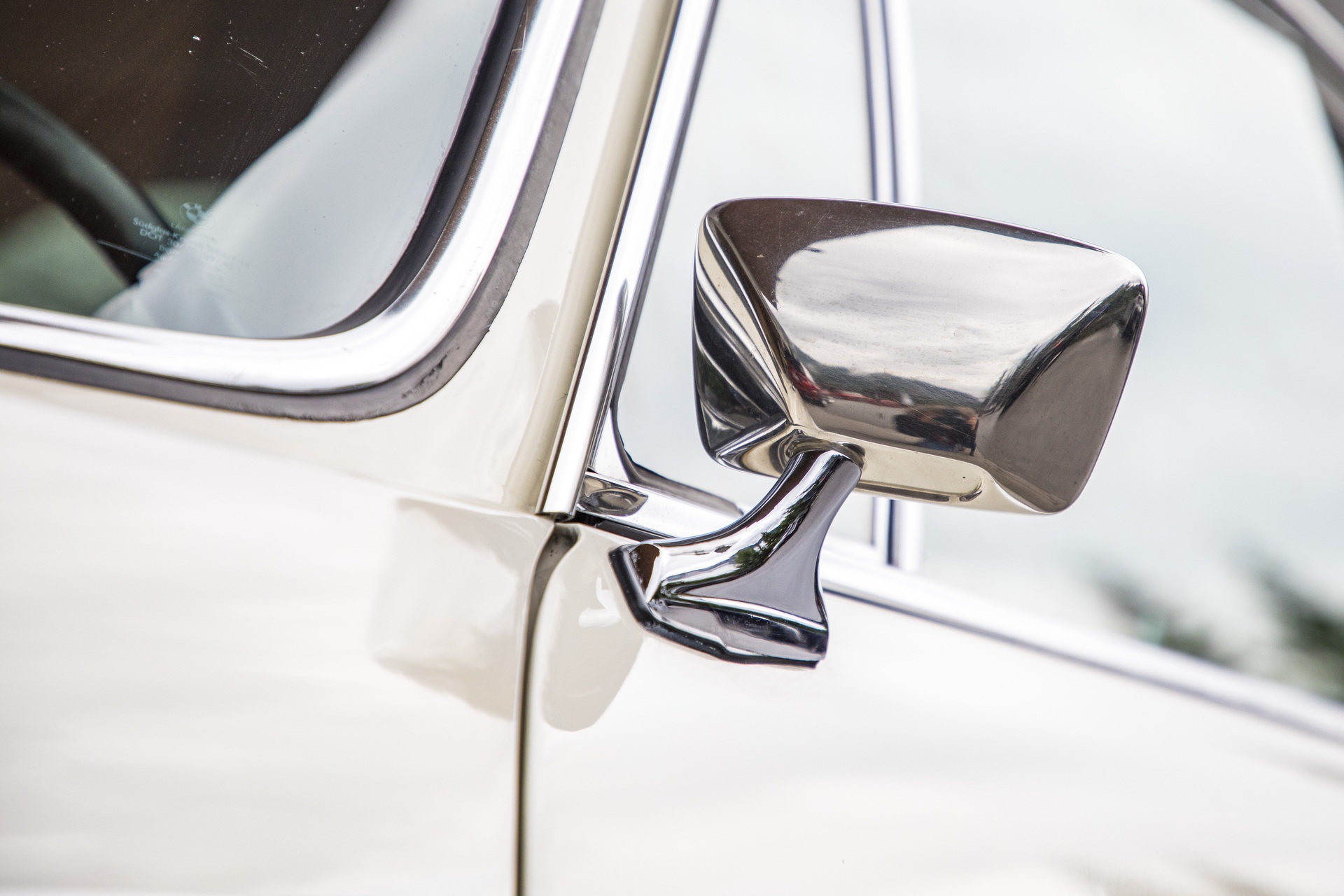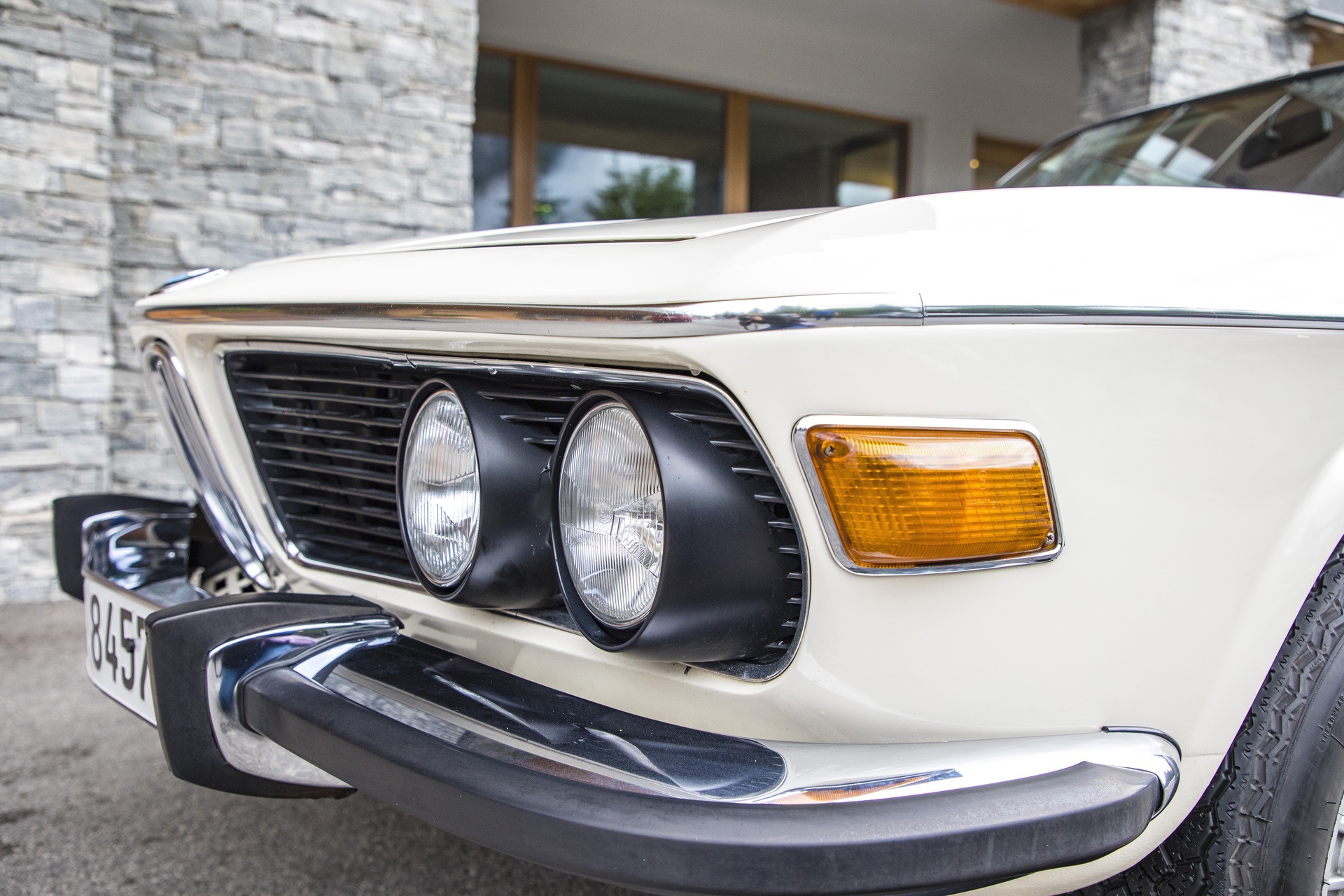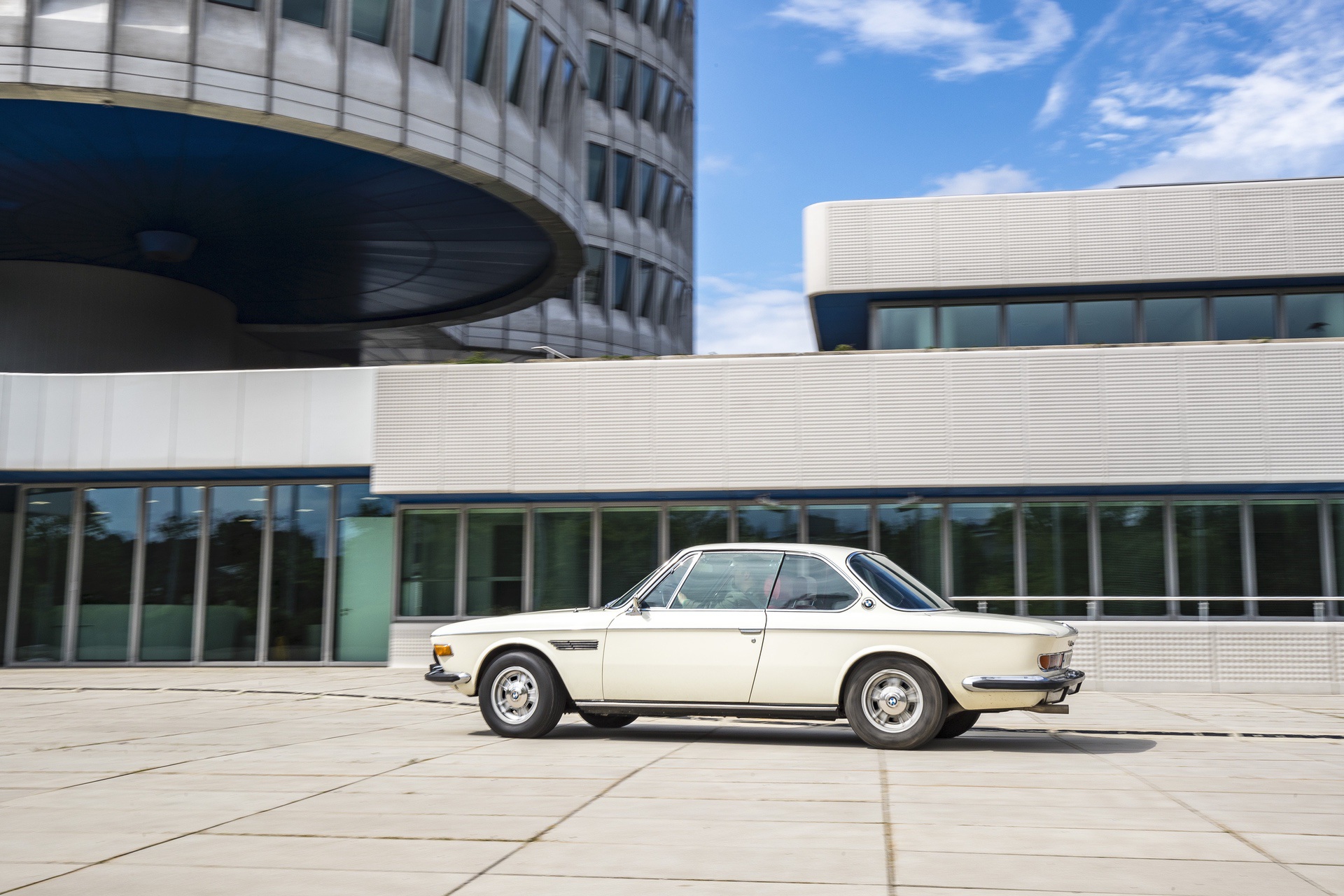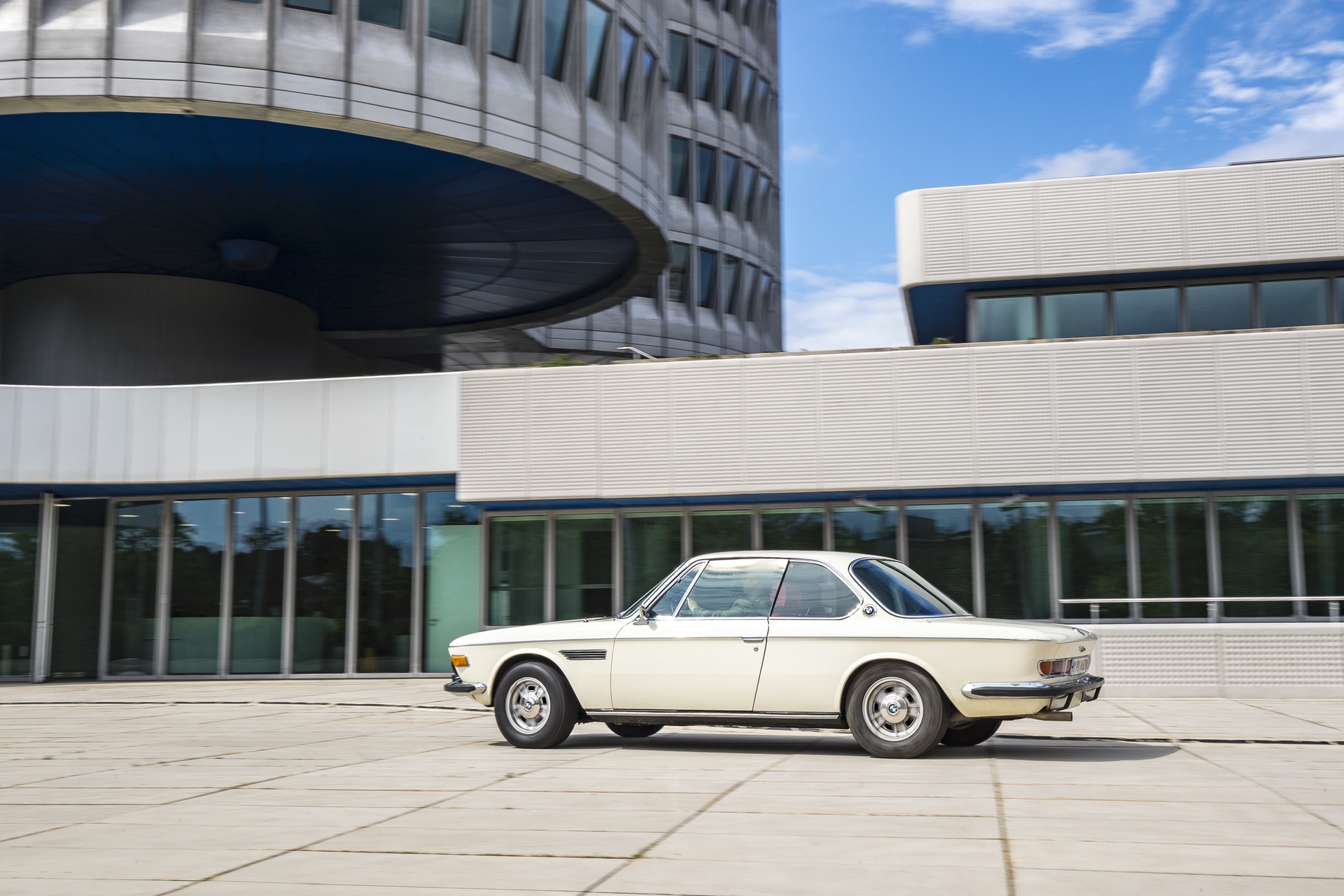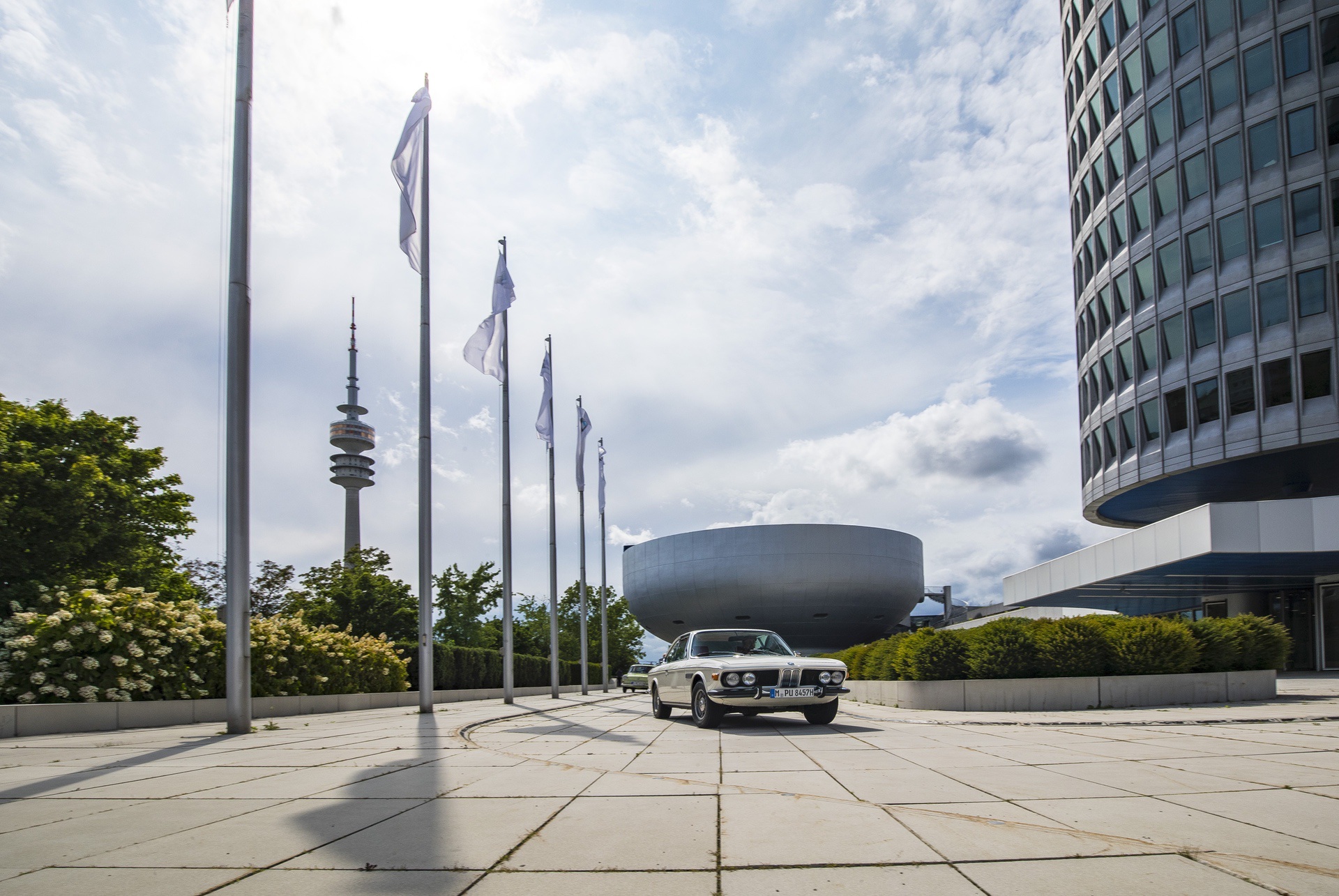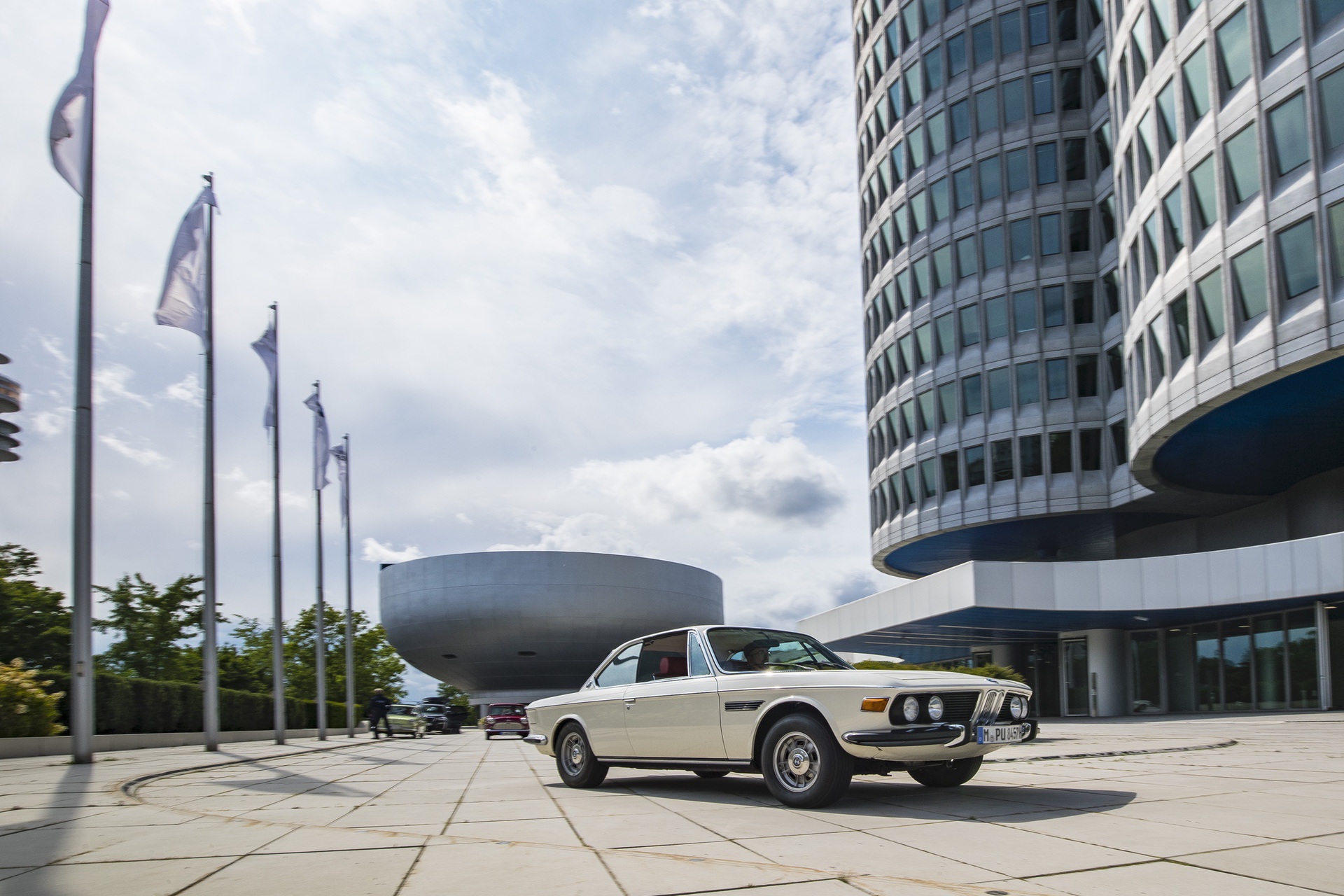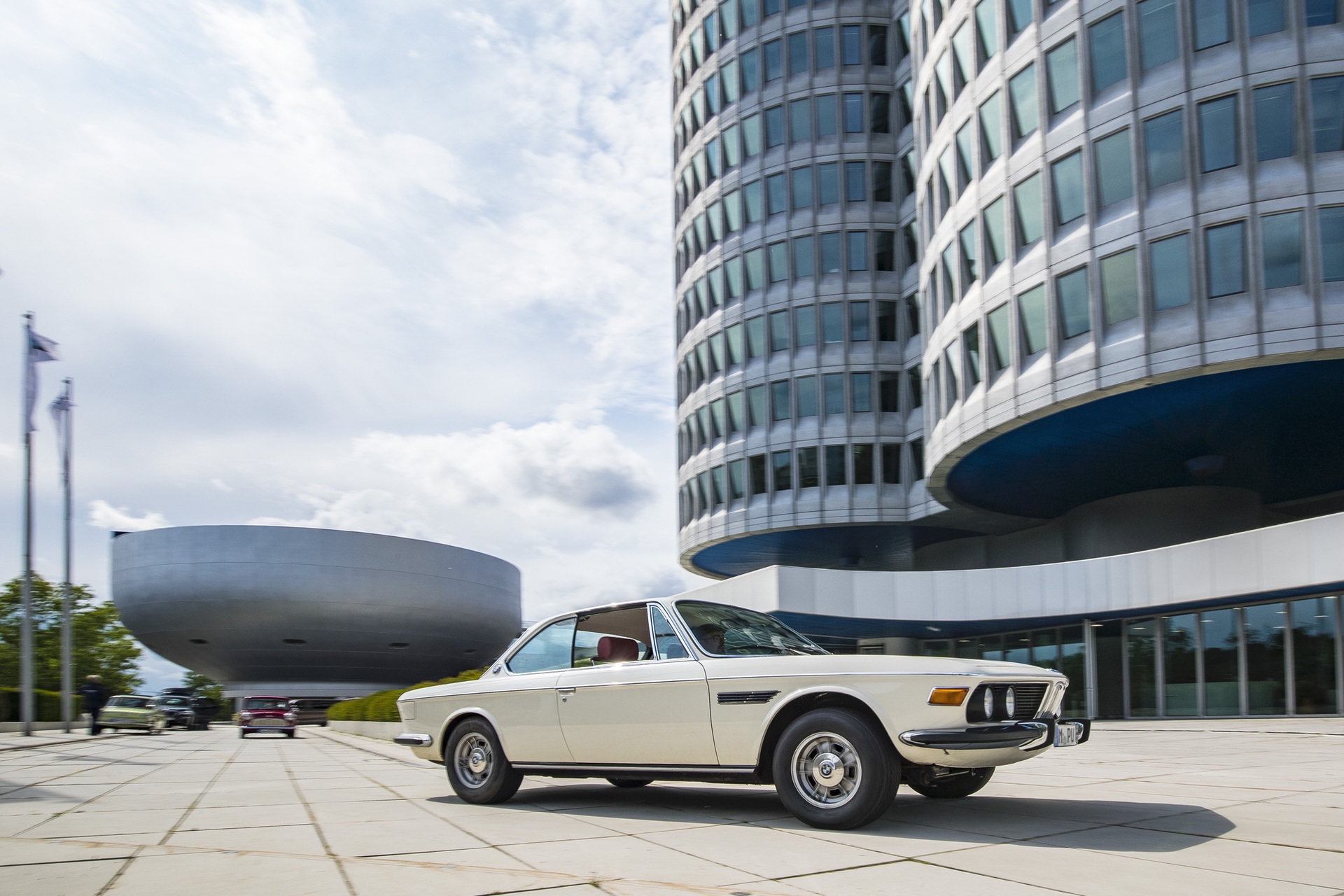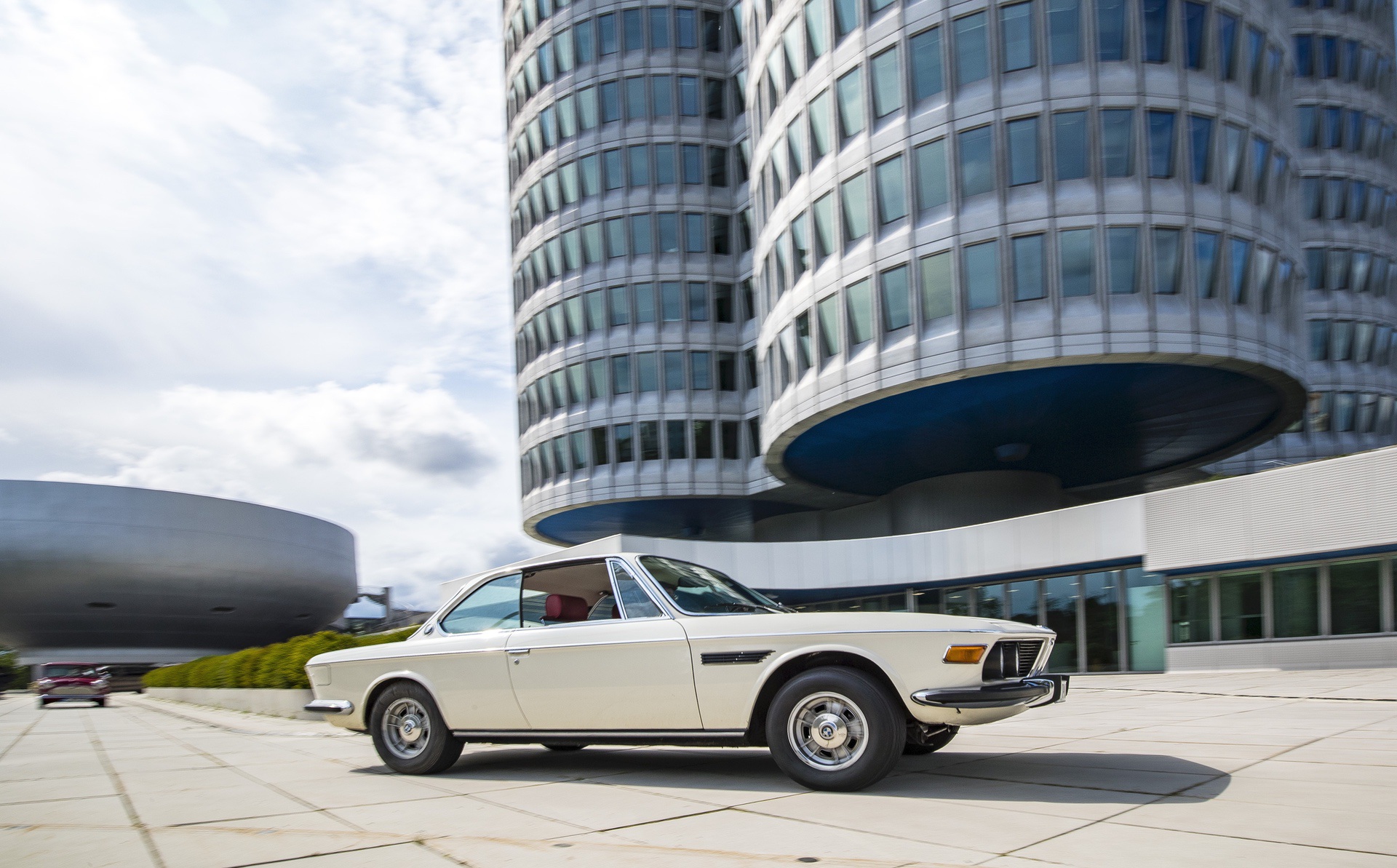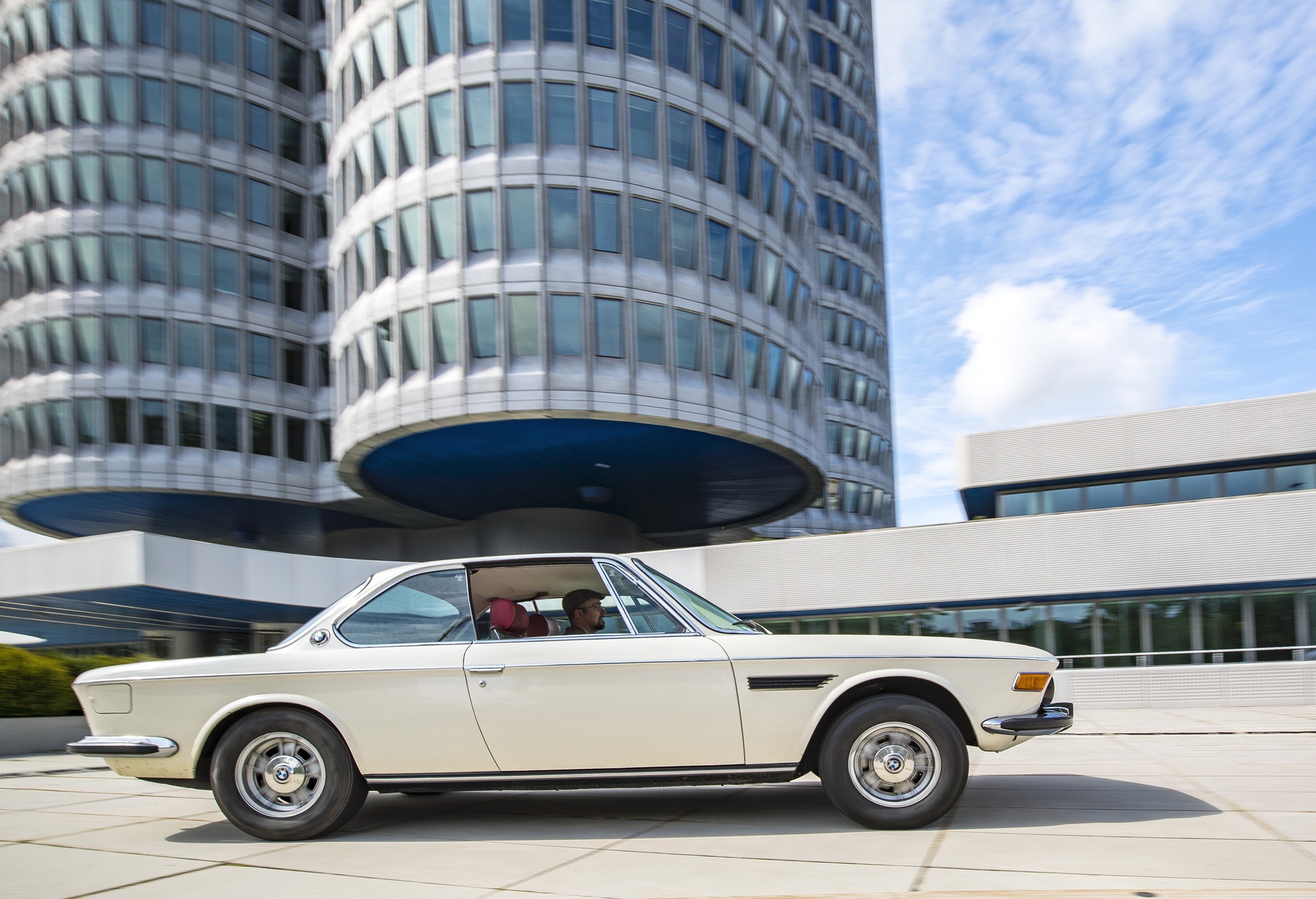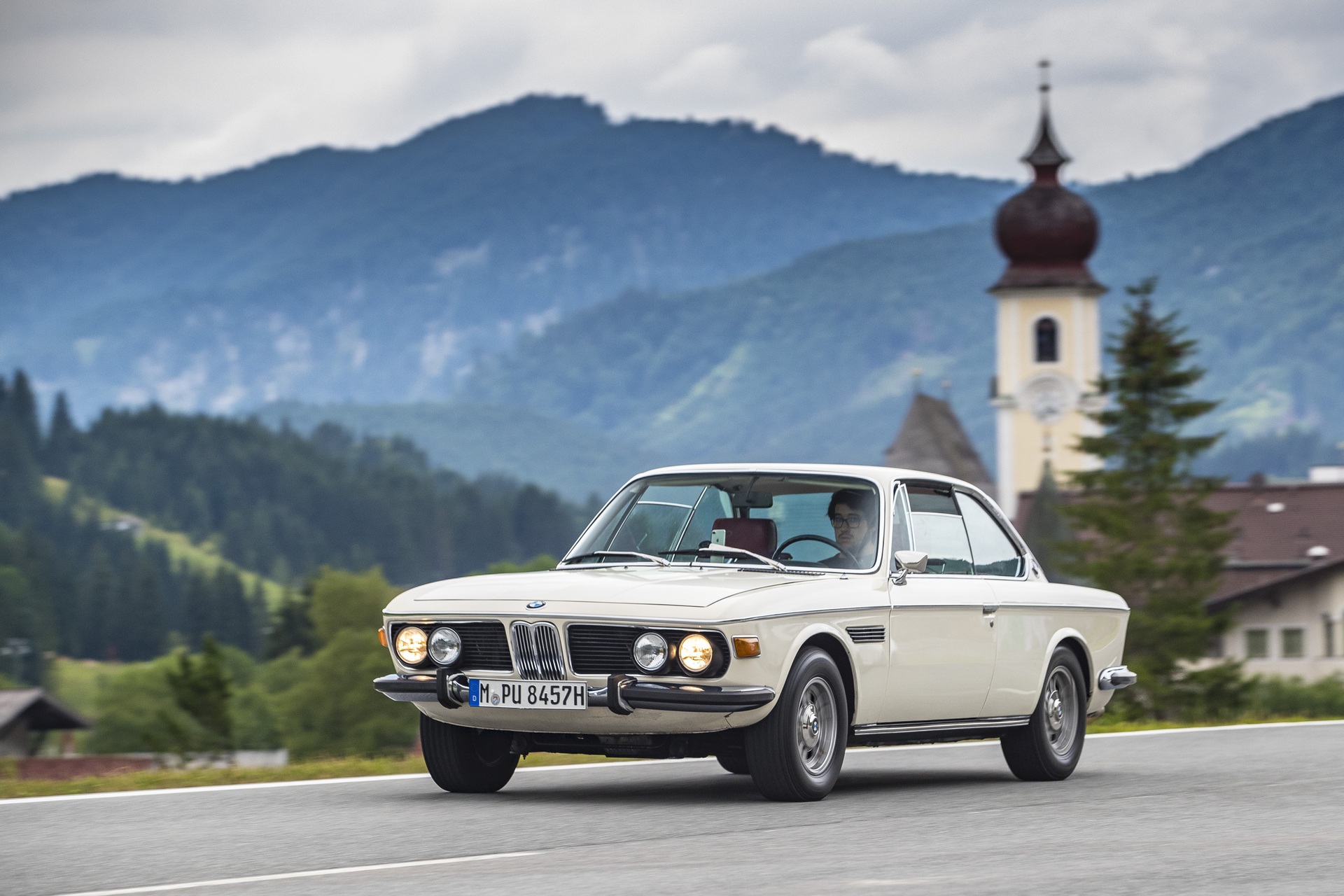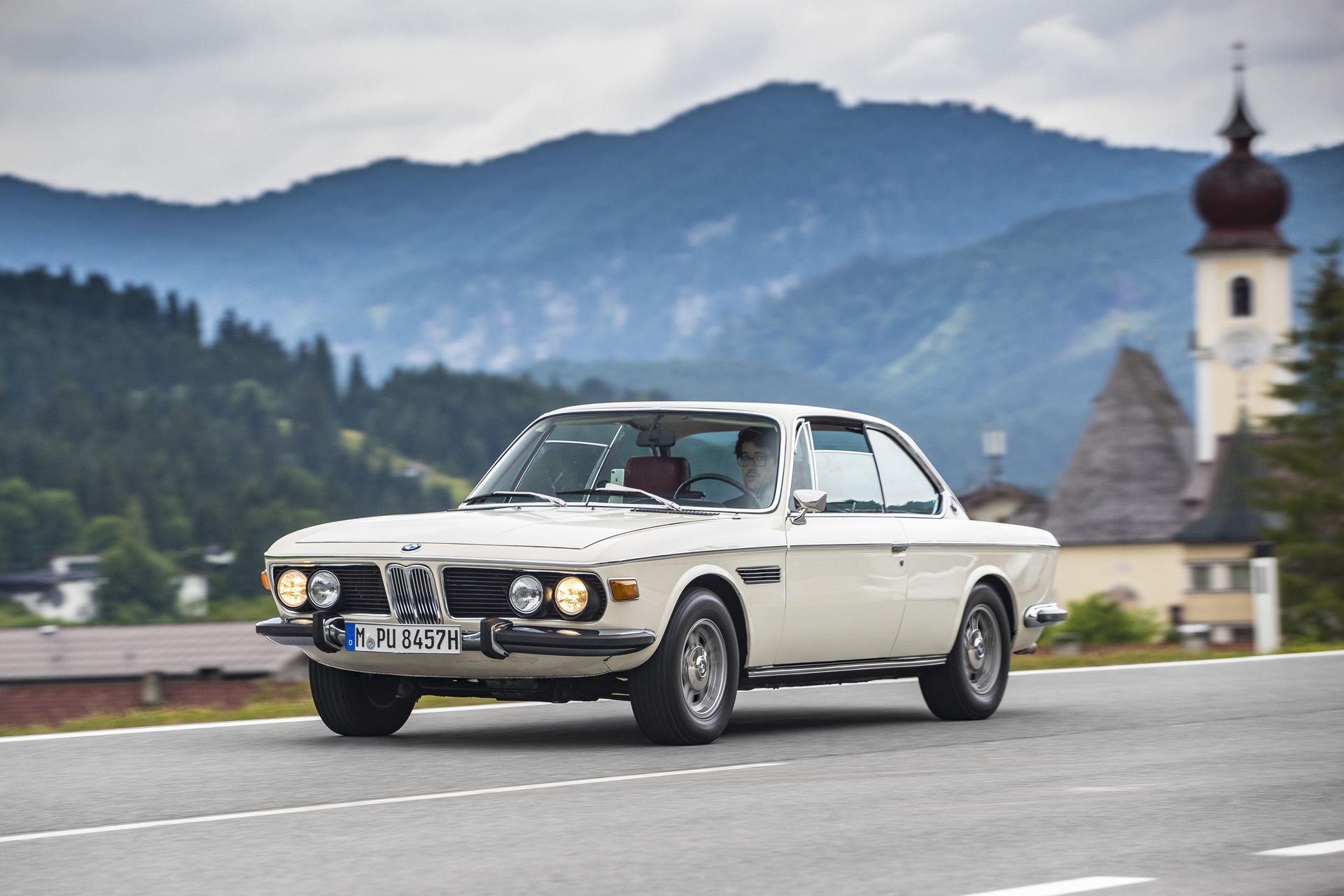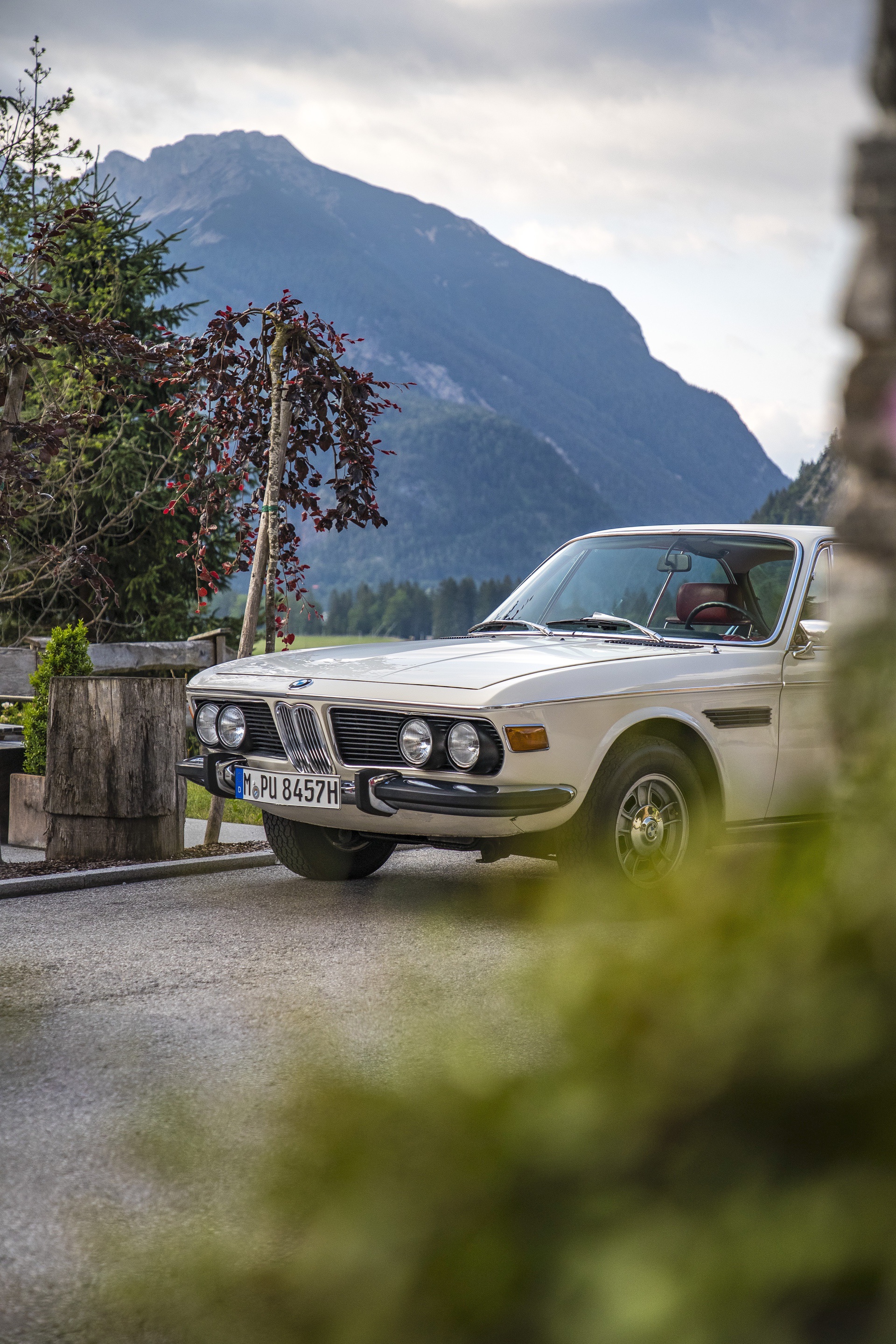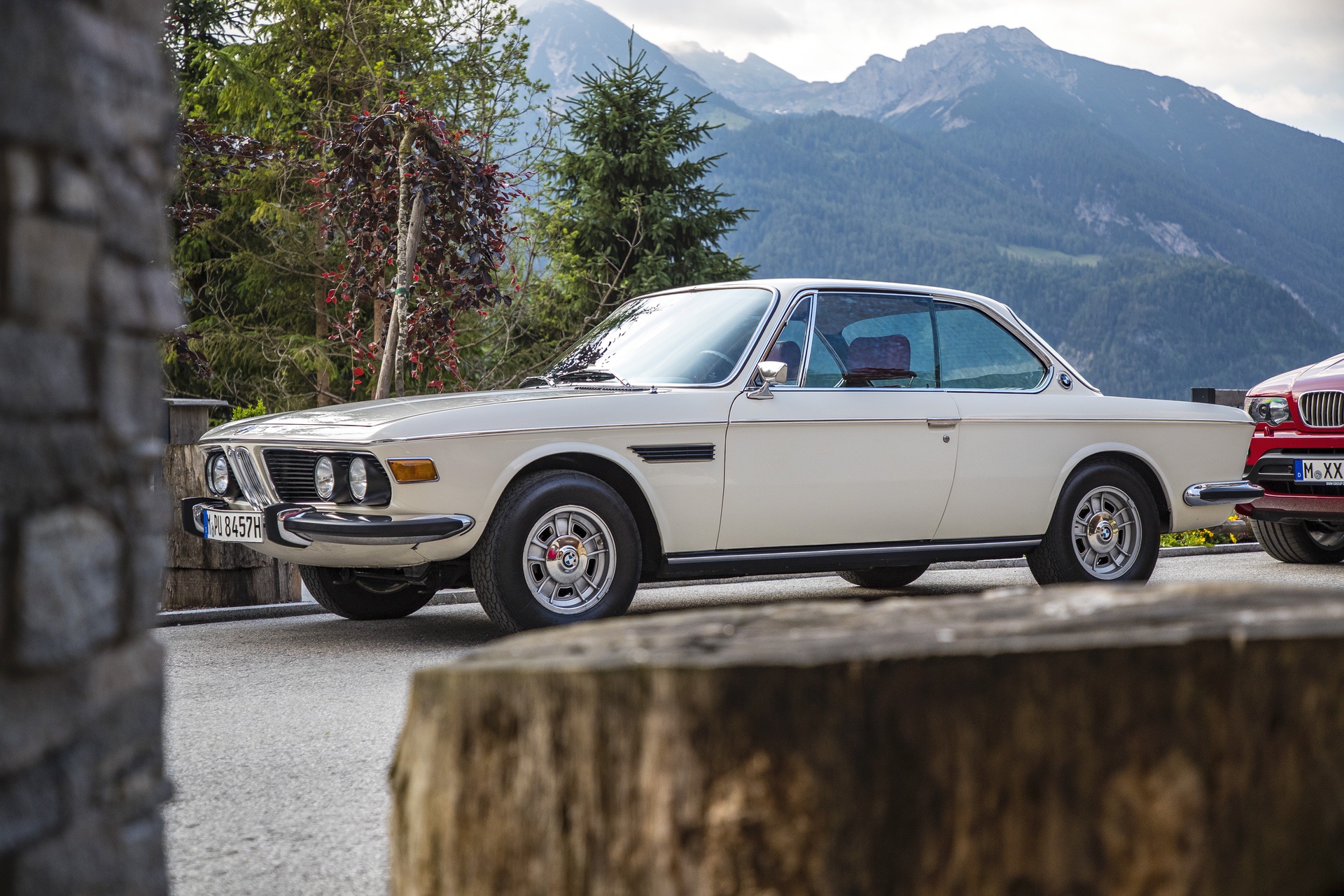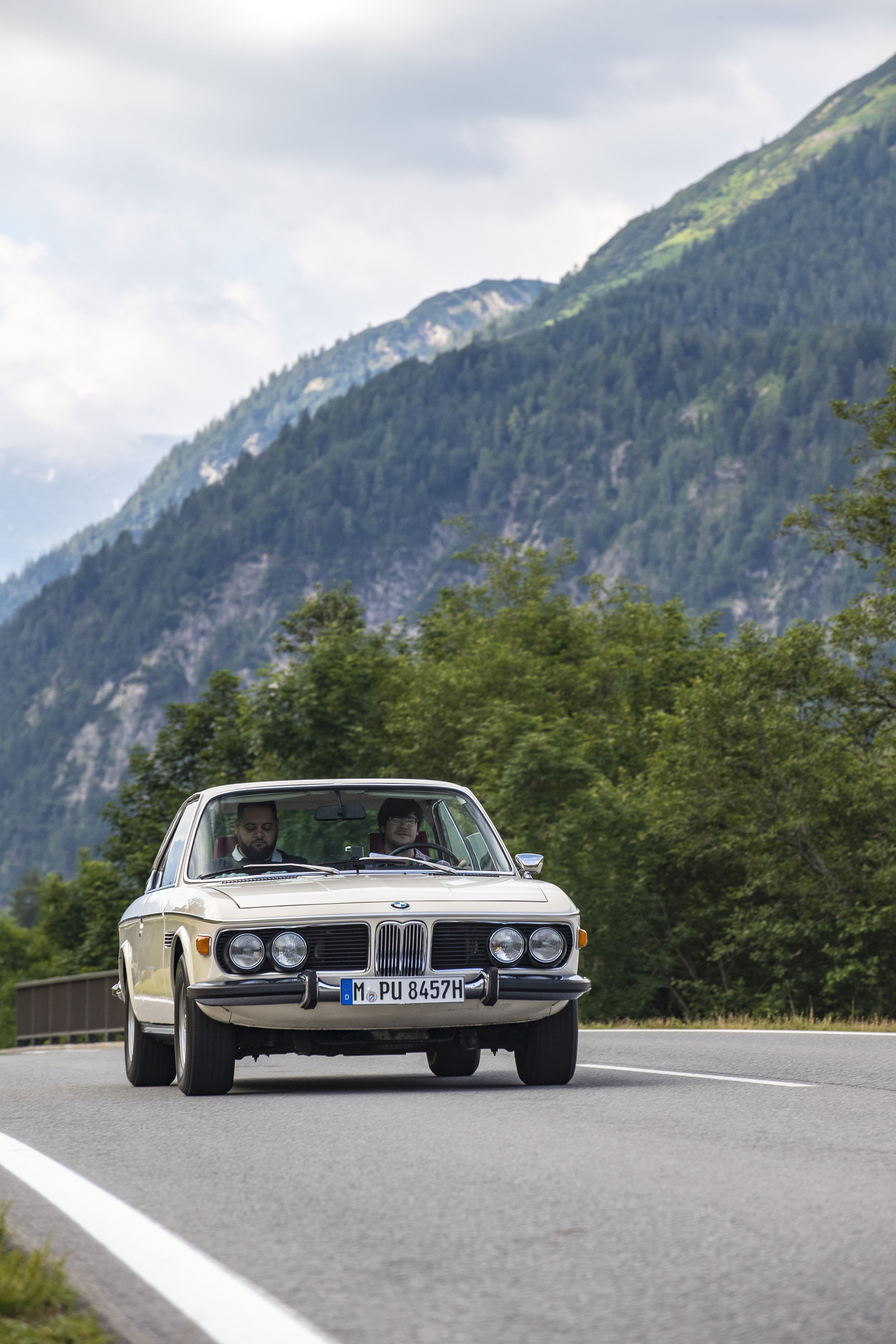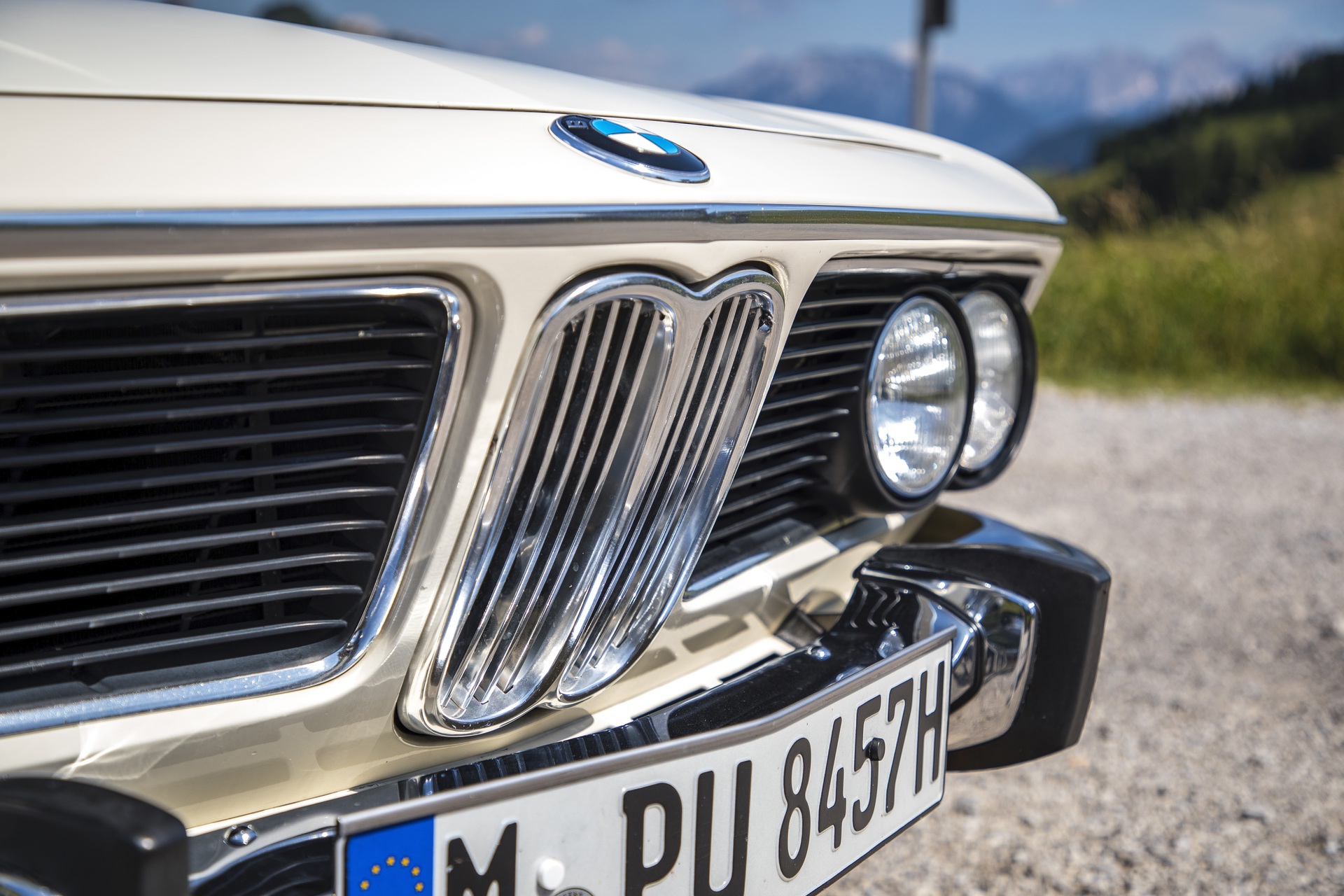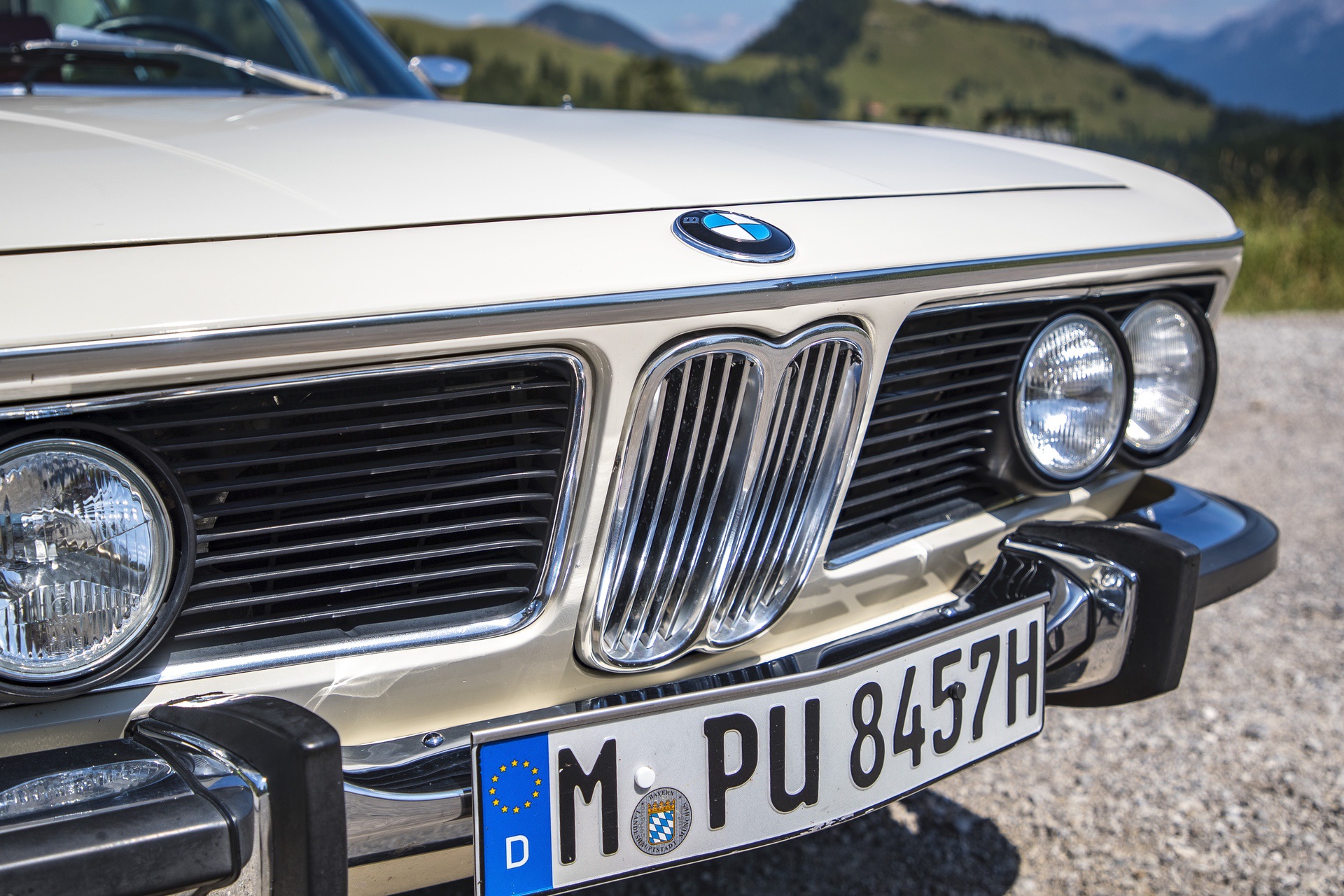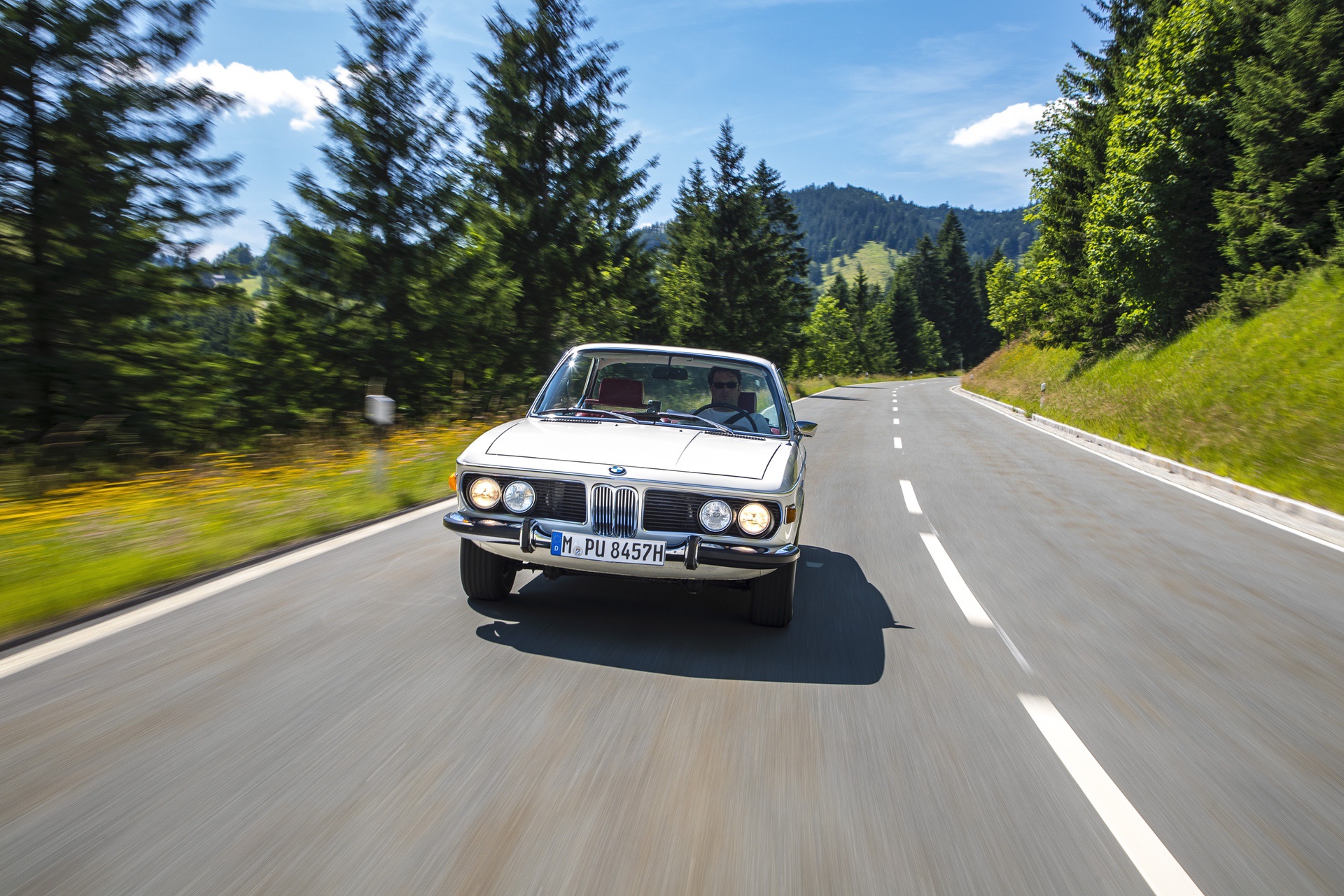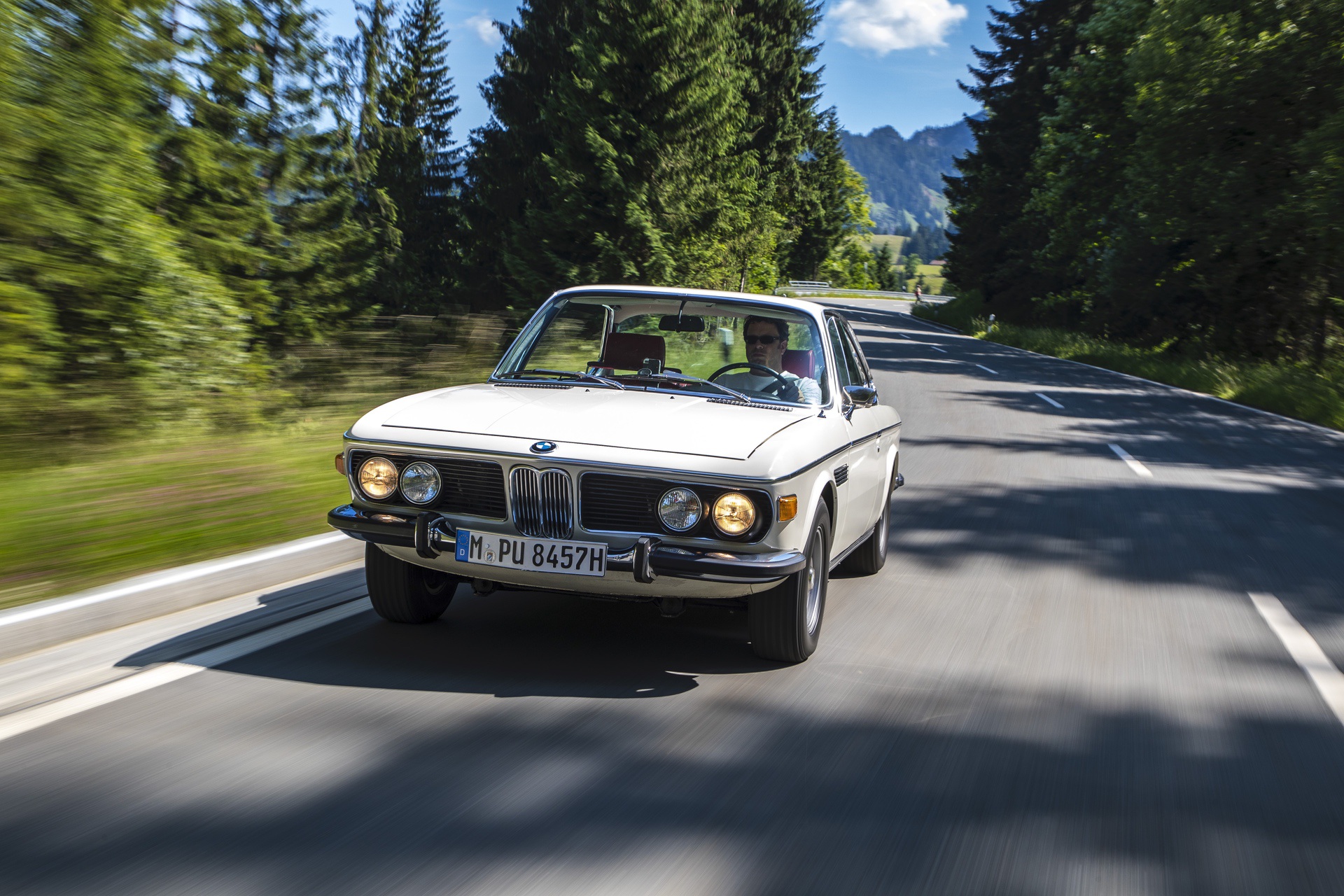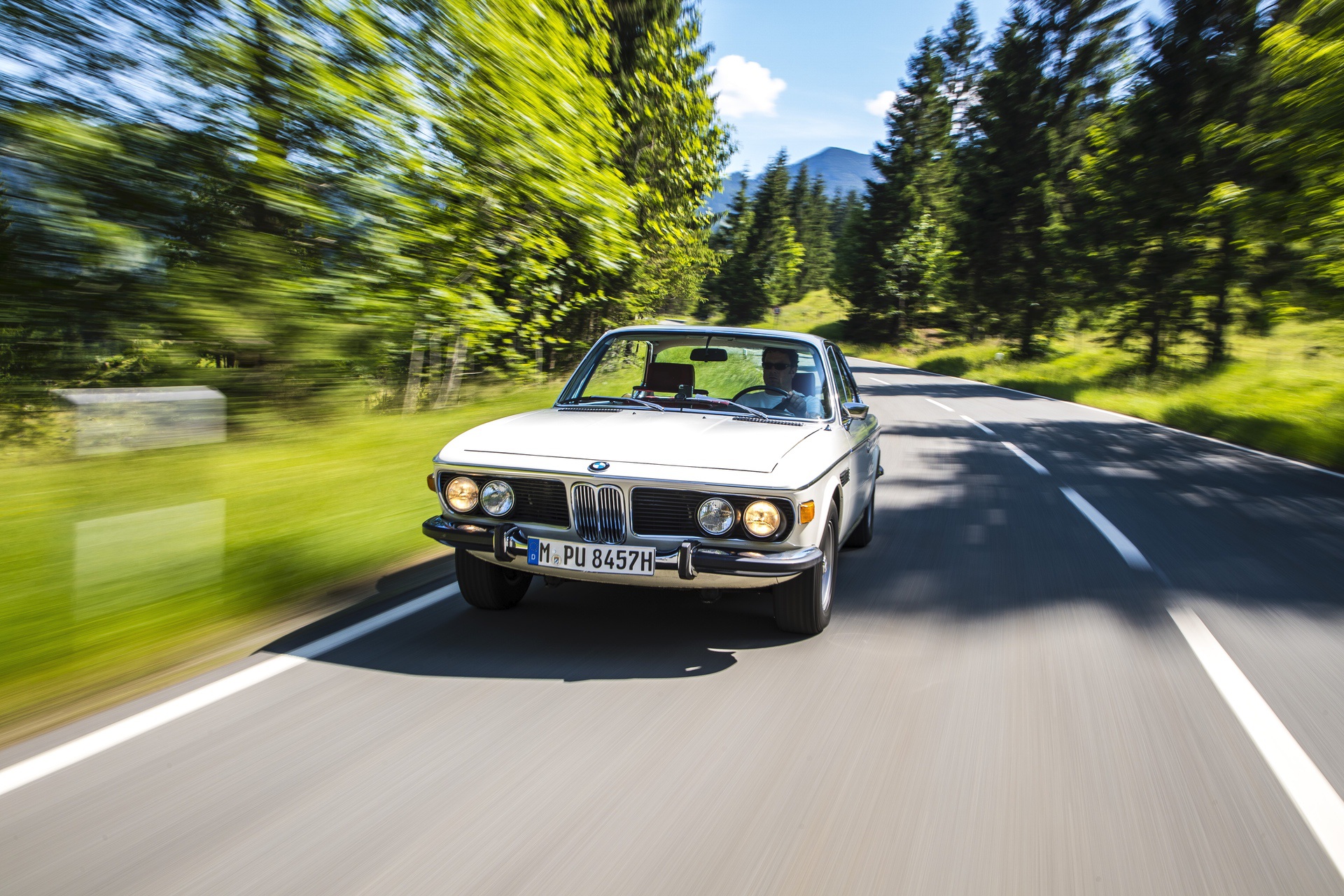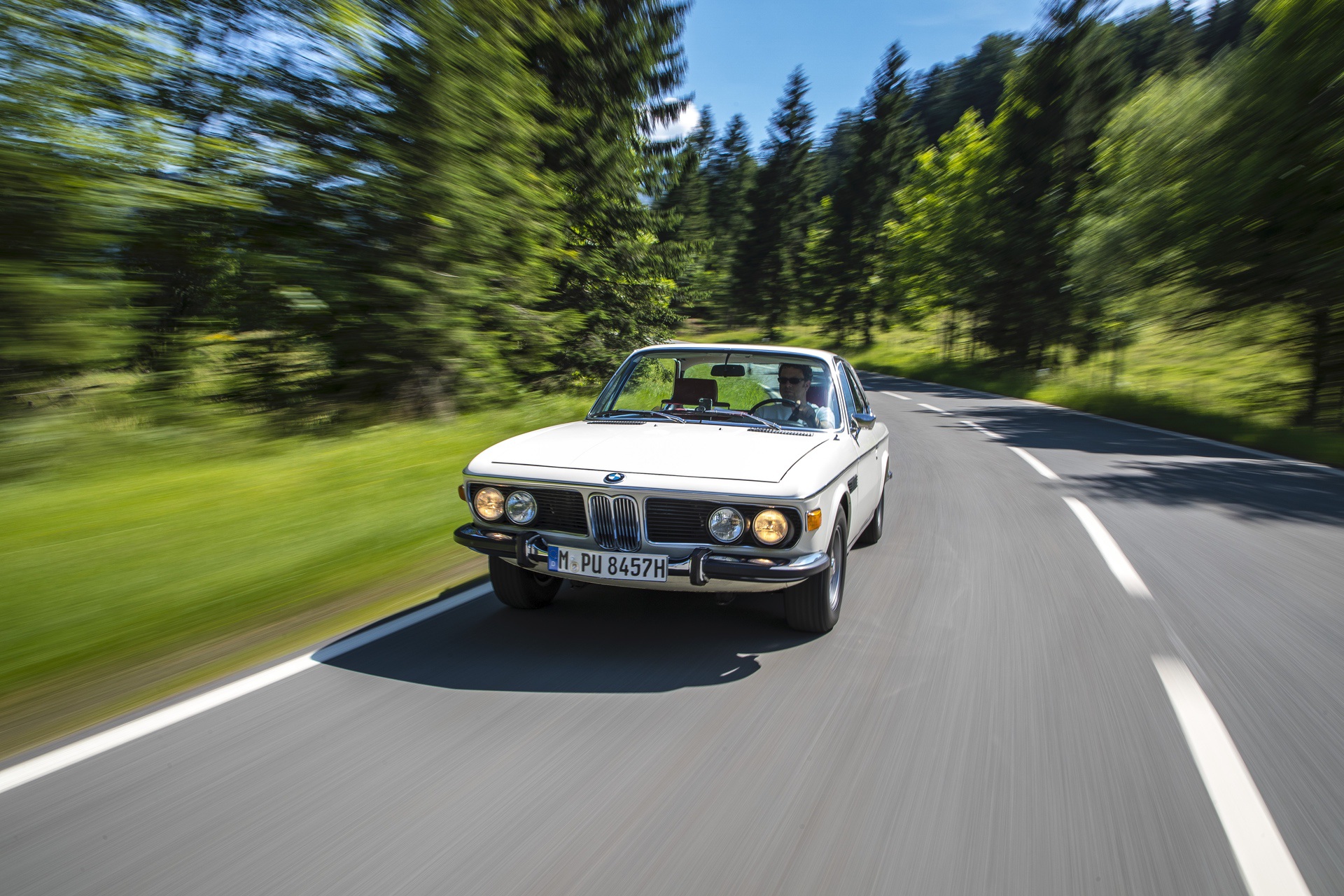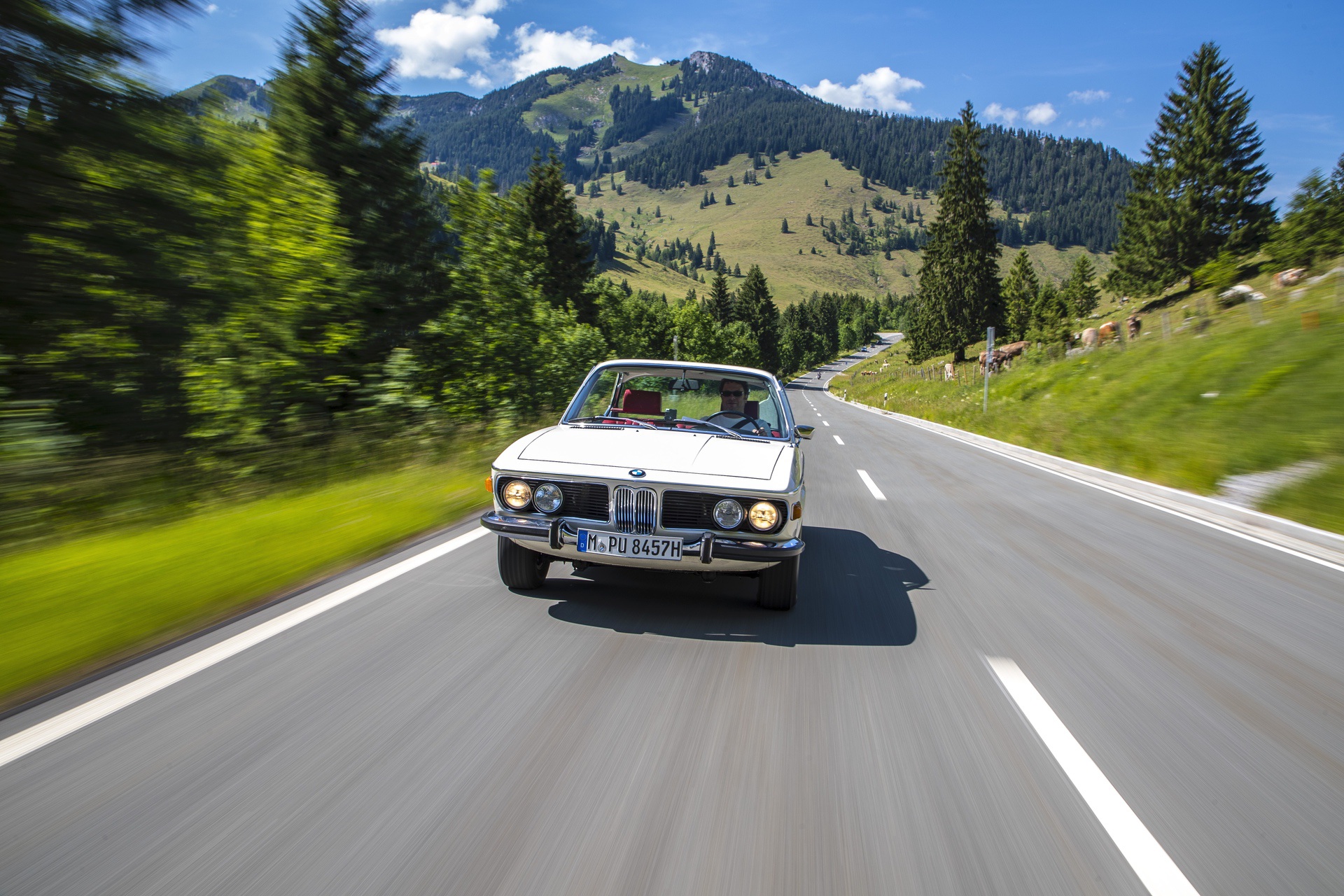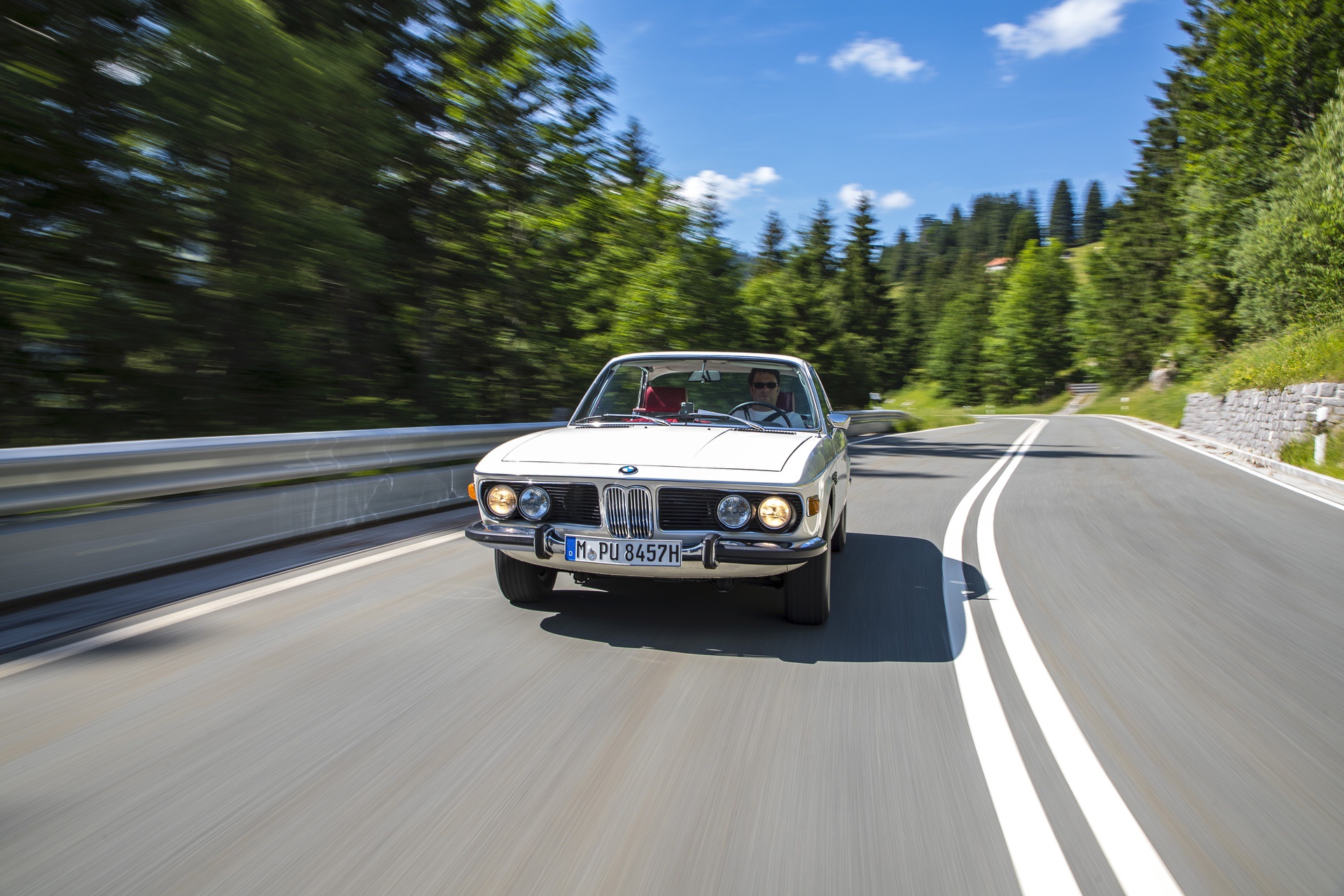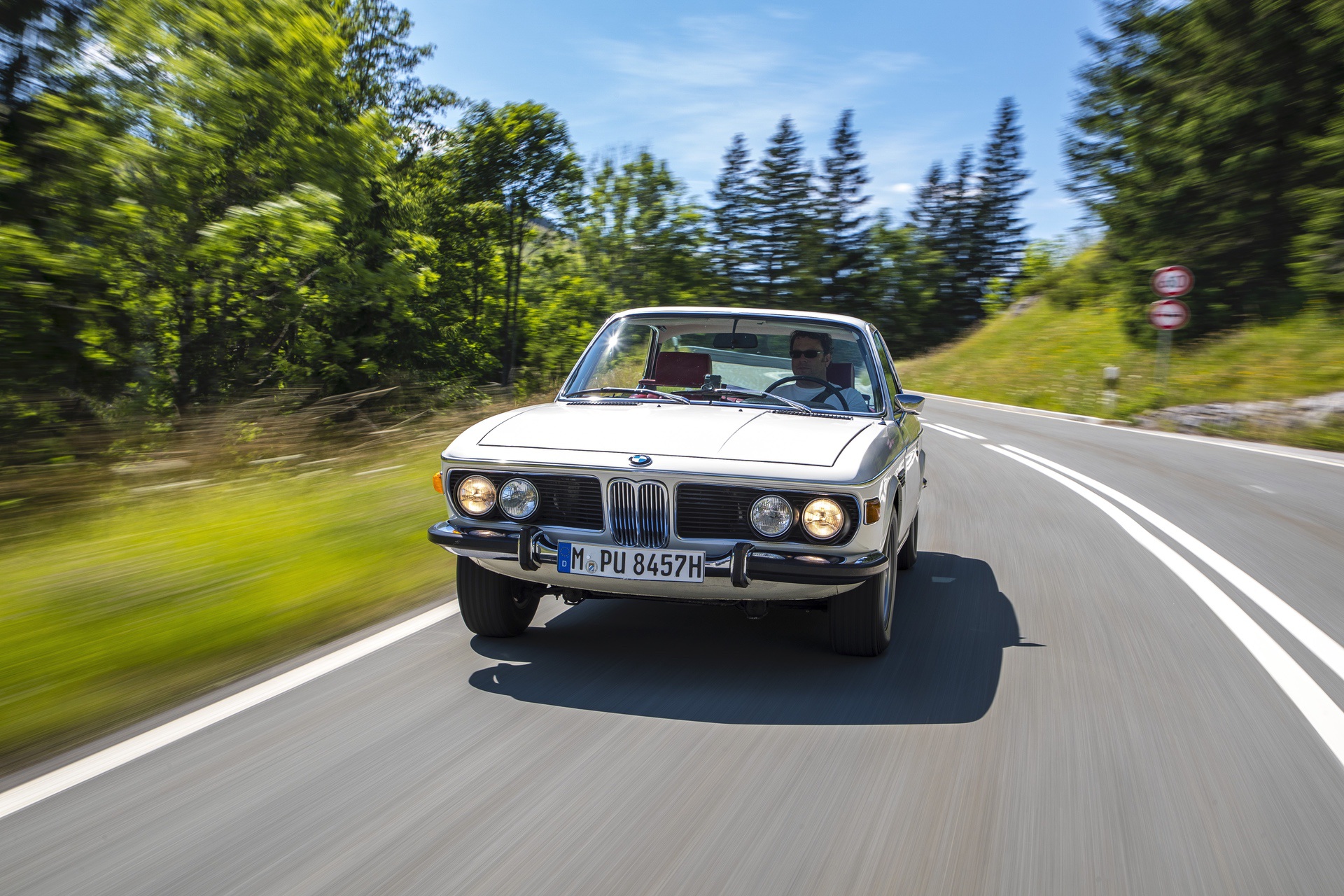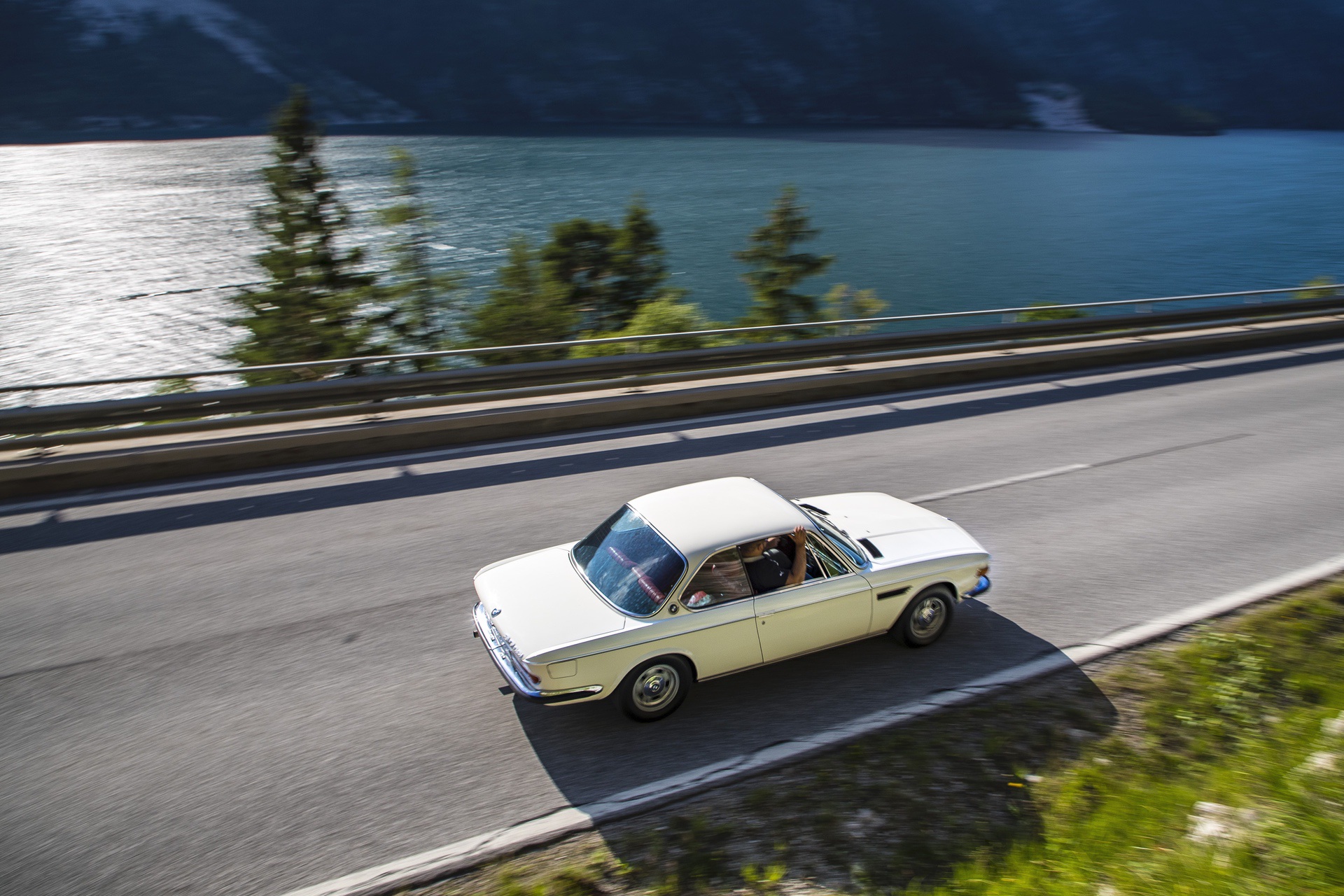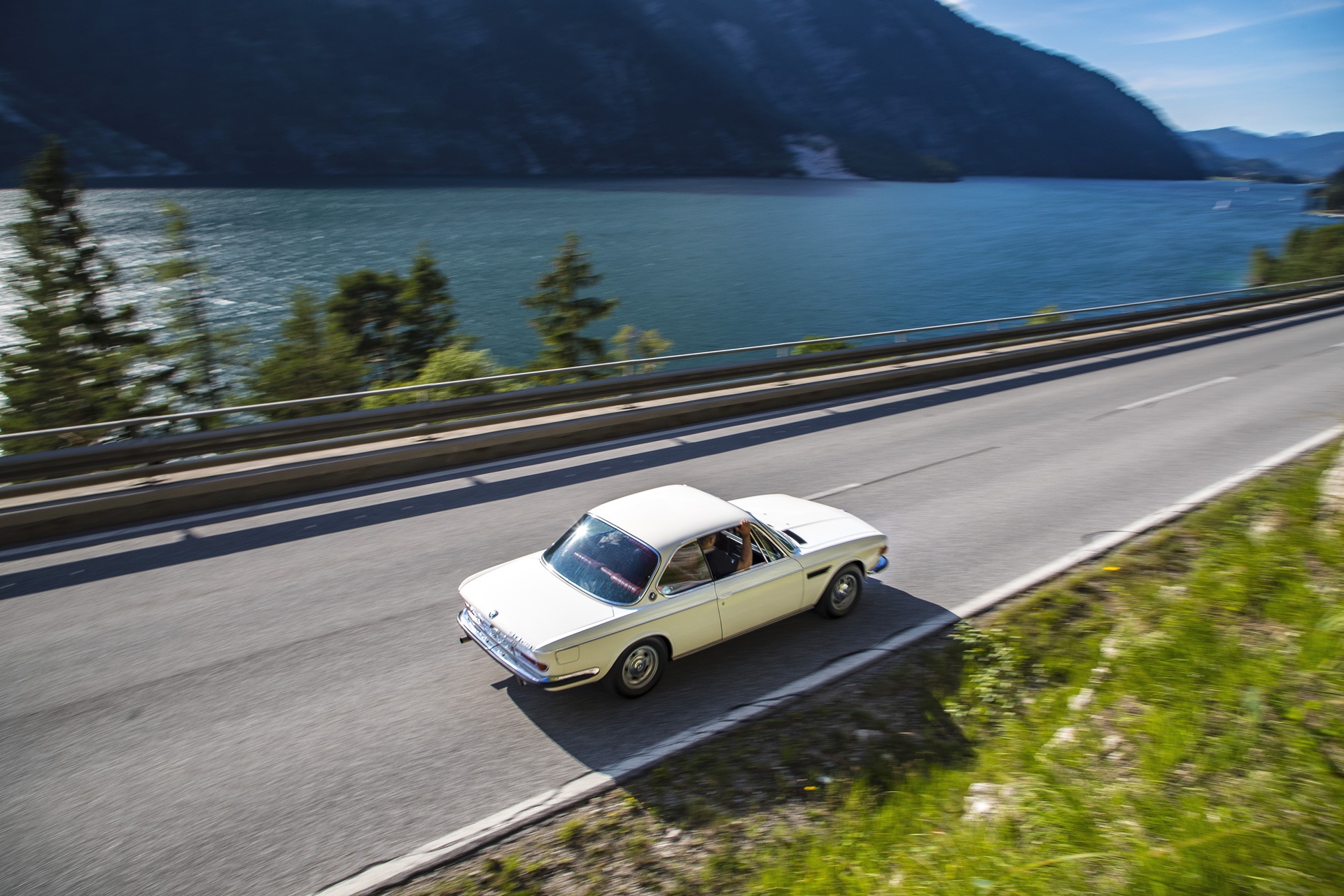Most of BMW’s current image of sportiness and coolness was built atop Coupe models. Therefore, there are two major categories you can include them in: sporty, small coupes or bigger, comfortable GT ones. The former category consists of every single M3 ever made, along with the likes of the 2002 Tii or the E21 3 Series. All of them were small, quirky fun cars to throw around in a corner and make it out alive at the other end.
Then there’s the big boys, the cars that aimed to provide luxury and more of a comfortable ride than anything else. This segment started with a new breed of cars launched in the 1960s and 1970s, dubbed “Neue Klasse.”
BMW 2002 tii
As the name suggests, this was supposed to signal a new era for BMW, after going through some really difficult times, when rival Daimler almost bought them. Having avoided that situation and getting back on its feet, BMW needed a car that turned heads and made a statement.
While the Neue Klasse did come with a new and bold design, it wasn’t enough. So in 1968 the Coupes of this generation were replaced by the E9 New Six models, cars fitted with bigger engines and more futuristic in design.
The E9 Coupe models were based on the Neue Klasse Coupes, but used six-cylinder engines, which was a big deal back then. Compared to the 2000 C and 2000 CS coupes, the new 2800CS was a lot faster and felt like a true grand tourer. Initially, that was the only offer in the E9 range, but somebody decided the 2800CS, while looking good and introducing the Hofmeister Kink into the world, didn’t really have enough power under the hood.
Thus, a bigger 3-liter engine was developed and launched on the BMW 3.0 CS model in 1971. This one had twin carburetors and made about 180 HP, 12 more than the 2800 CS. Yet, this still wasn’t enough and just a couple of months later the 3.0 CSi made an appearance, using an electronic fuel injection system and having a higher compression ratio. This was state of the art technology back then, as most cars were still using carburetors. With 200 HP under the hood, the 3.0 CSi was really fast for those days, and it was expensive too.
Not long ago, BMW Classic invited me over to the Austrian Alps to see for myself what a time machine looks like. I was intrigued at first, thinking there’s no such thing, but I realized just how wrong I was once I got there. That’s because right in front of me sat a mint 1973 BMW 3.0 CSi, wearing nothing but a thin layer of white paint and some white and blue hub caps. It was love at first sight and I immediately understood what they meant.
In our business, time traveling is actually possible. The way it’s done is you get a car that’s from at least 20 years ago, make sure it’s in mint condition, and then set out to drive it on some back roads. The car has to be in mint condition in order for you to be able to lie to yourself that it just came out the factory and you’re living in a different era. That was the case of our tester here.
Built over 40 years ago, the 3.0 CSi had only about 20,000 miles on the clock and it was looking absolutely fresh. The paint was in extraordinary condition, the original coating too, the interior had some creases but it was really well looked after. The dash was decorated with wood while the gauges still worked, a performance in itself. It was only a small chip in the wood ornaments that would hint at the possibility of this car being older than it looks.
The real magic kicks in once you start the engine though.
That straight-six ran absolutely impeccably from the moment I turned the key until I got out, no matter what I threw at it. It’s a well-balanced unit and it sounds just like it should on cold startups, with a low, deep growl that loosens up a bit as the engine reaches an optimal temperature. Sitting behind the wheel you can’t but take it all in, including the fumes that occasionally make their way into the cabin.
The dash is the main attraction once you’re inside, hosting four analogue gauges wrapped in wood right behind the big, airbagless steering wheel. It’s basically a shelf, with a speaker right in the middle of it, but it looks good and is practical so what more could you possibly wish for, right?
The seats feel as if you’re sitting on a couch in your living room. The leather is so soft and the cushions wrap themselves around you so easily. So it’s hard to compare the feeling with anything you can buy today, when car seats feel like they are made of plywood. The back seats look even more enticing, with their stitching and bucket shapes.
That’s only part of the story though. The build quality is outstanding, even for today’s standards or, should I say especially for today’s standards? The headrests are fixed on stainless steel bars with leather handles on the outsides, so you can grab onto them if you’re sitting in the back without feeling the cold of metal around your fingers.
The seat recliner lever is made of stainless steel as well, while the windows have chrome surrounds. Even the gearshift lever feels good to the touch, all wrapped in leather, looking all tantalizing. The steering wheel is on the larger side of things but that’s good as it helps out dealing with the front wheels. It measures an impressive – for that time – 14” diameter.
The windows are huge, offering you an open-air feeling and impeccable visibility in every direction. This is where one of the key design features of the E9 comes into play. Since this was a true coupe back in the day, it didn’t have a B-pillar. The effect that has on the onlookers, especially if you roll down all the windows is just fabulous. To top everything off, the roof liner is made of some kind of perforated leather, the same material being used to wrap the sun visor as well.
That clearly shows the kind of attention to detail BMW cars exhibited decades ago.
With the engine still running, I had to stop drooling over the interior and get going. People were waiting for me and there was a schedule we needed to follow. Starting off, I had to get used to the clutch and the 4-speed gearbox. It has been a while since I drove a manual.
Furthermore, this is an old car and they are known to be a bit more stubborn to drive than modern manuals, with no rev-matching or any of the gimmicks we’re used to. All of those worries simply vanished the moment I set off.
The engine is docile, the clutch offers plenty of feedback to inform you when to depress it or go the other way around. Even the gearbox was alright, with precise gates, but longer throws than seen on newer cars.
What surprises you from the get go is how comfortable everything feels. There are a number of elements contributing to this serene atmosphere. And it’s not all down to the suspension. Sure, the 3.0 CSI soaks up bumps as if you were driving over pillows, but the seats play a huge role in it as well. They are simply softer than your most comfortable chair in the living room.
Then there’s the engine too, a typical 3-liter straight six with incredibly low NVH levels and plenty of torque from down low. All those elements combined create a unique atmosphere inside the cabin, a soothing one that simply welcomes you on board.
That’s something you don’t get on modern cars.
Driving such a timeless classic makes you realize just how much the industry has changed and how fast it continues to change right now. Today, cars are so focused on protecting us, on giving us all the technology possible and none of the possible nuisance that you’re fundamentally missing the point entirely. It took driving this 1973 jewel on wheels for me to understand just how isolated we are from the whole experience.
Today we’ve got really thick A-pillars on our cars, along with thick doors and crumple zones all around us, airbags for every part of your body and enough technology on board your average Hyundai to land on the Moon. All of that is there to protect us, we’re told, but along with that protection, the feeling of just driving a car has gone out the window.
In the 3.0 CSi that’s not the case. There are thin pillars all around – heck one of them is missing altogether – along with tall windows, comfy seats, a good, torquey engine and a manual gearbox.
All you need is right there, just turn the key and go have some fun. You don’t have to live in the Alps to find a good road to enjoy this car, even a drive to the local supermarket will be an experience to remember. And don’t worry about the car, that straight six under the hood has plenty of power and torque to get you wherever you want to go.
Just don’t ask it to be what it’s not.
What that means is that this is not an athlete or, at least, not a sprinter. This is a comfortable cruiser, a car that enjoys being on the road, not only on hairpins and mountain roads. It will lean into a corner and it will do so gracefully but, just like a waltzing, it will start looking goofy if you change the rhythm. The best way to experience this car is to simply cruise along with a hand on the steering wheel and one out the window, taking in the view.
It’s such a relaxing experience that I actually was sad to have to say goodbye after my stretch behind the wheel. Sure, it has its own shortcomings and yes, you do occasionally get a hint of gasoline protruding into the cabin, but that’s all part of the experience. It didn’t have a radio but I didn’t really care as this was mostly just an opportunity to spend some time with myself and a good car by my side.
Being completely and madly in love with this thing, I eventually had to give it back. It was a gut-wrenching moment even though I never let anyone see it.
Why would I? It’s something I feel inside, not necessarily something I need to reveal to the world. But why did I feel that way? I guess it’s because I’m hopelessly in love with the 70s and this is a veritable time machine back to those days, when cars were larger than houses and smooth as silk.
This is what driving was all about back then and I am extremely lucky for having experienced it, even though for a short time.


